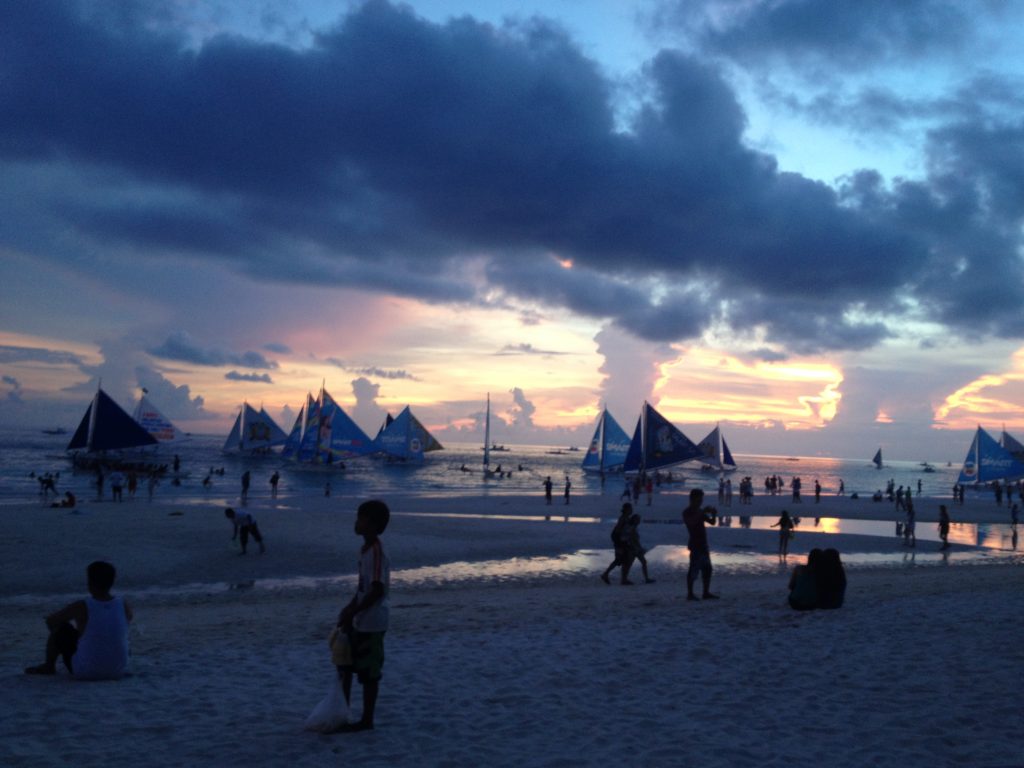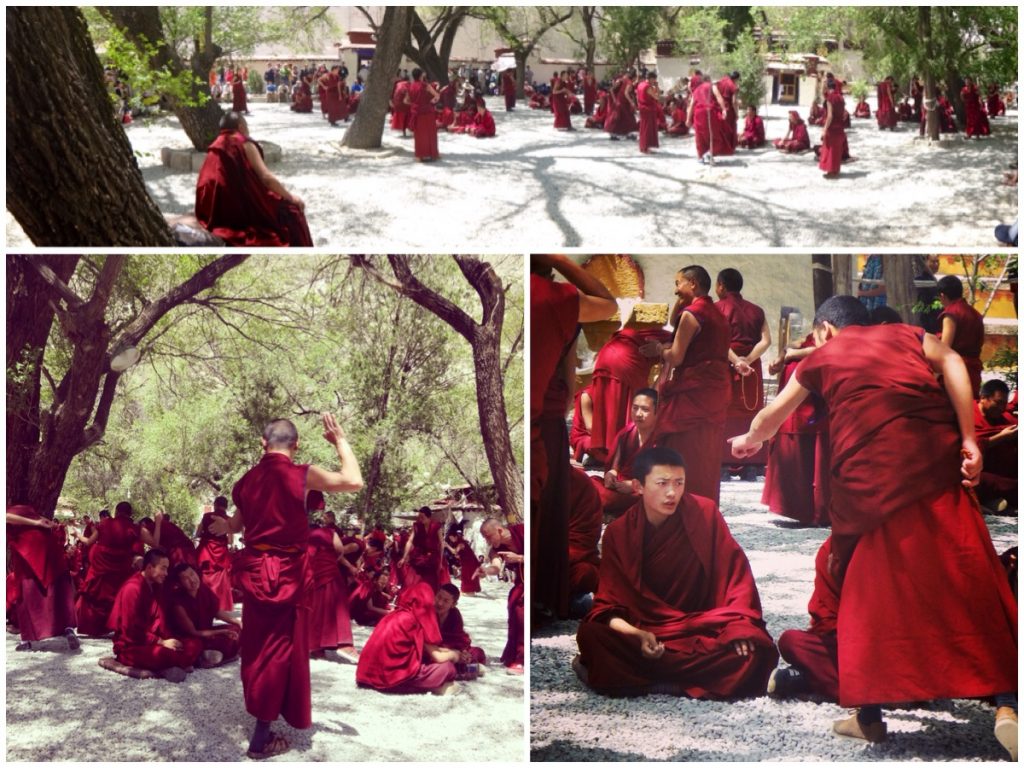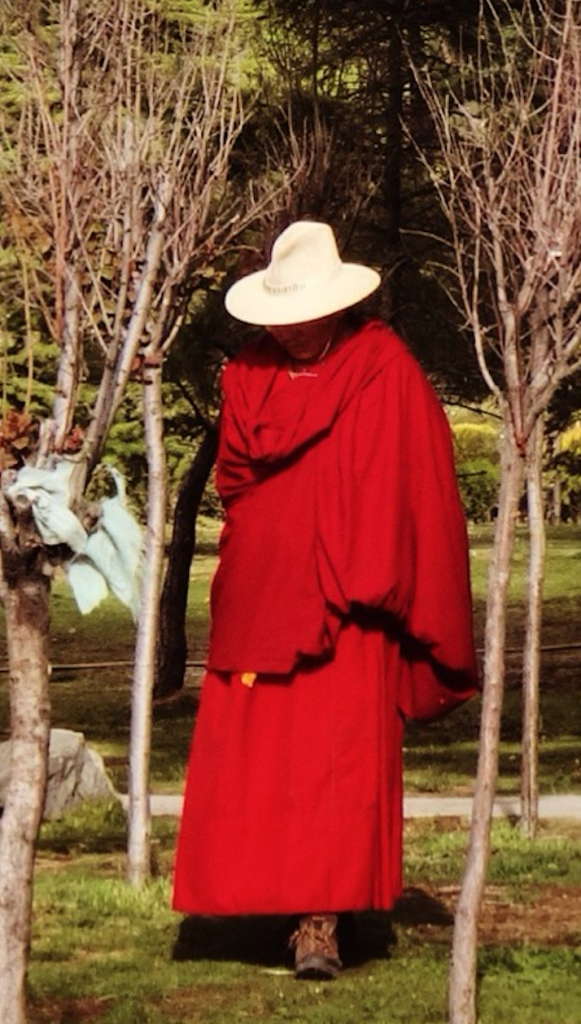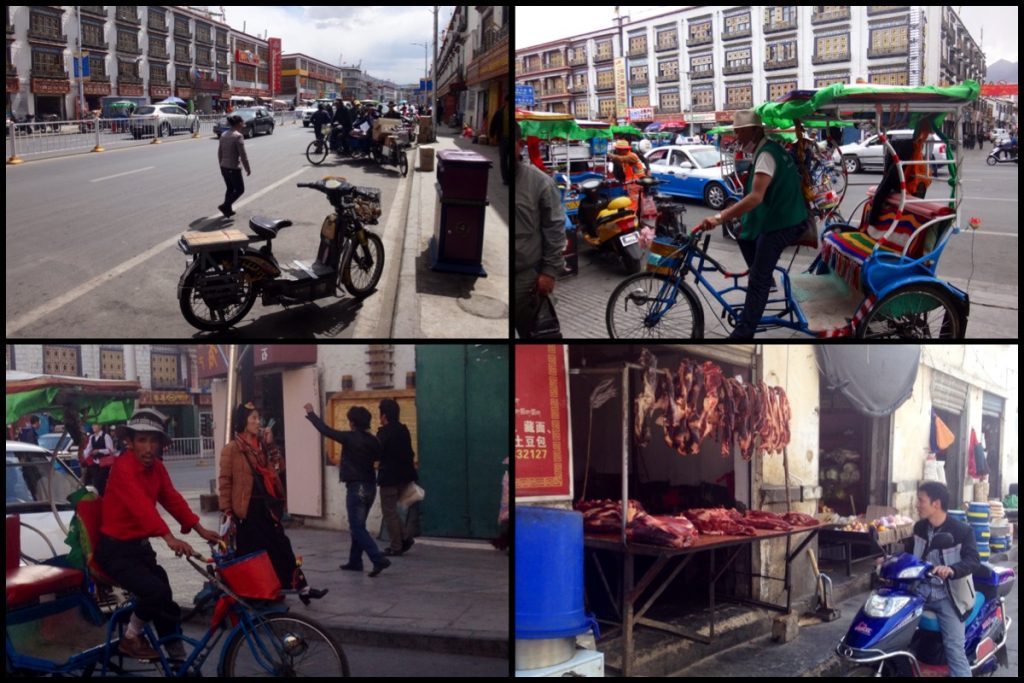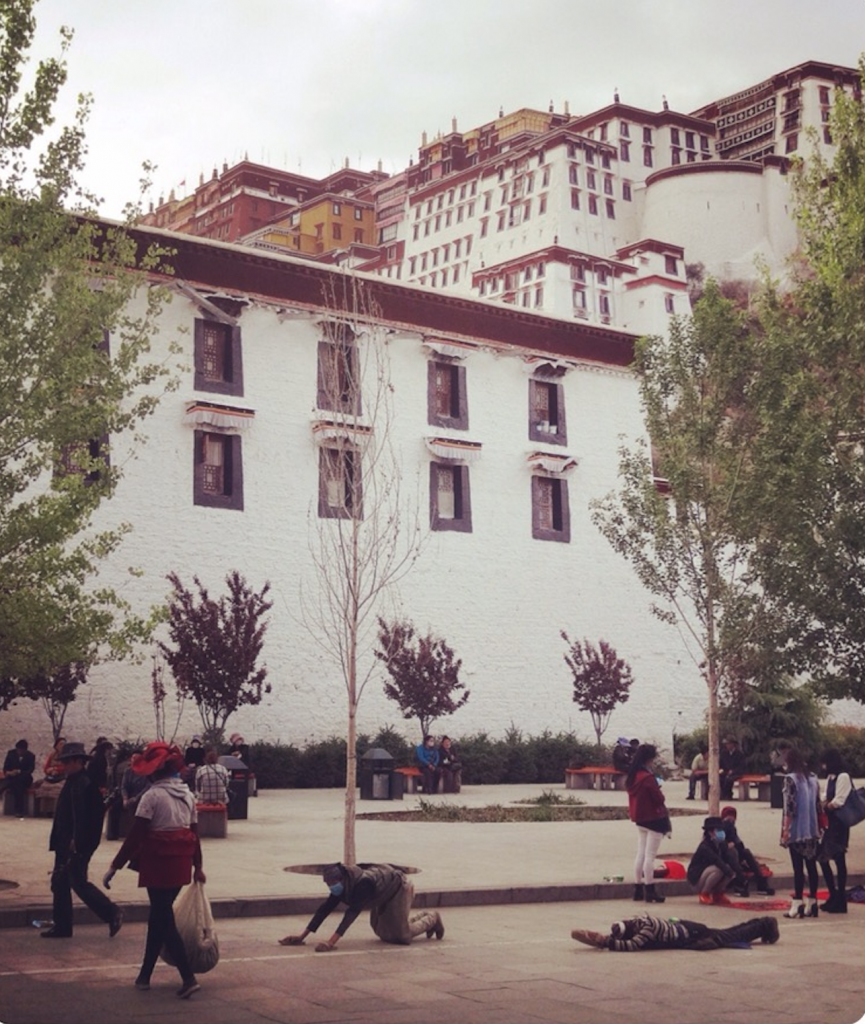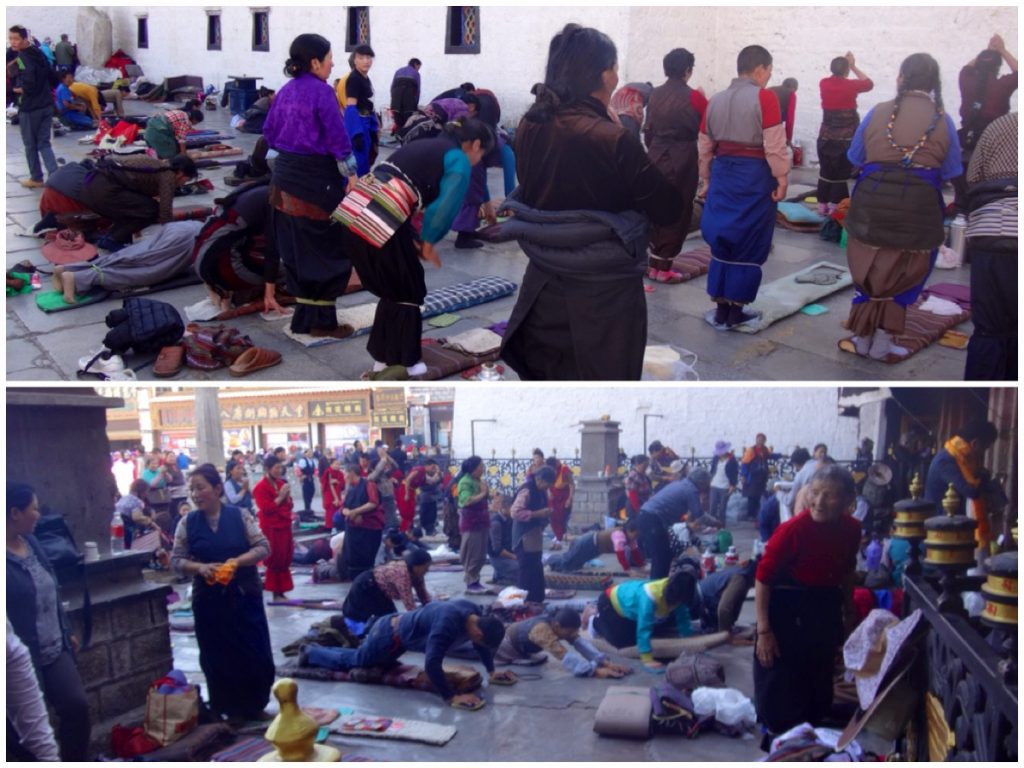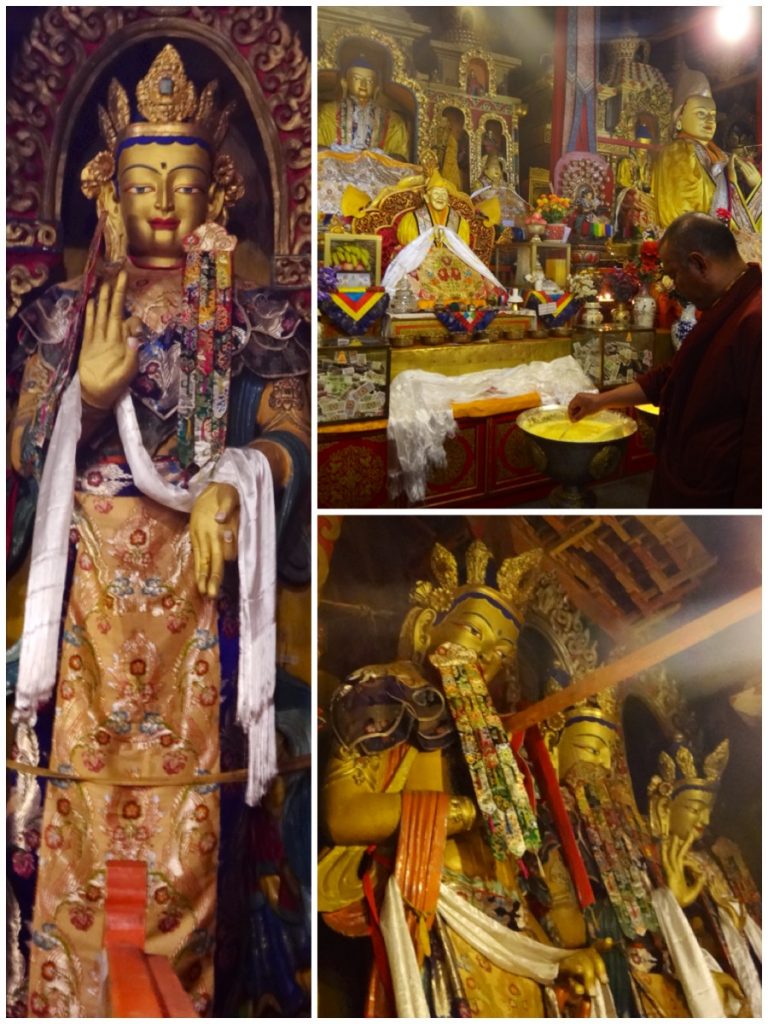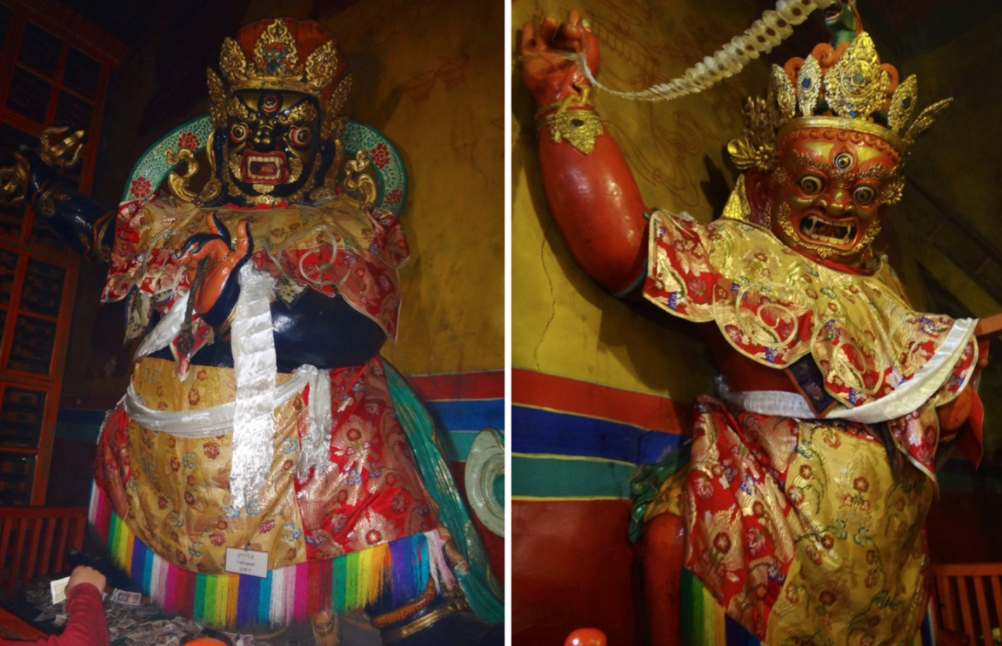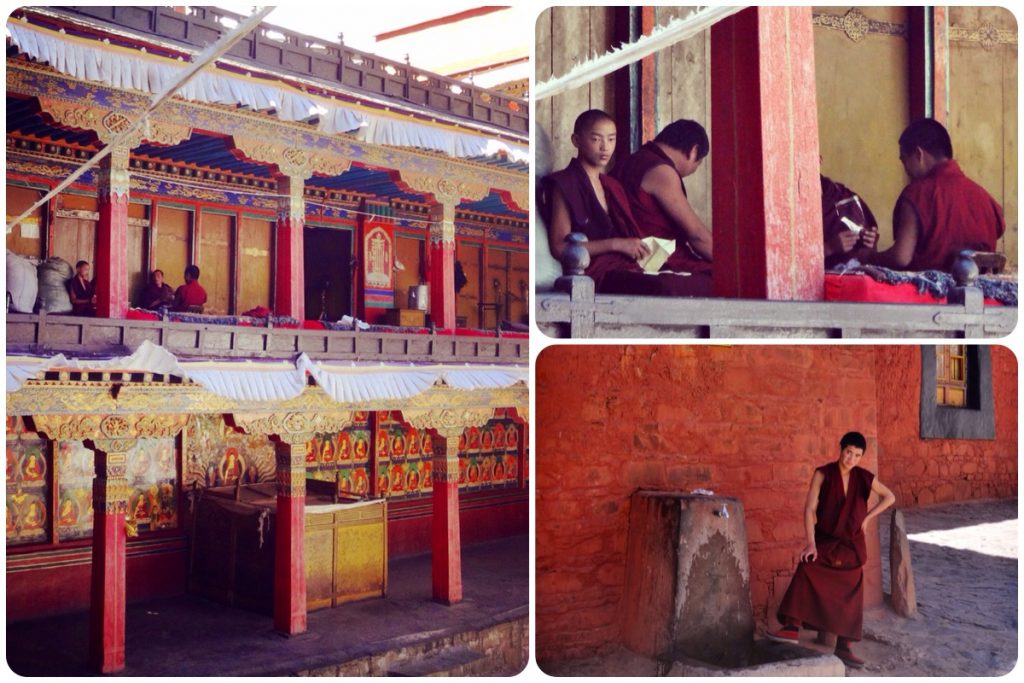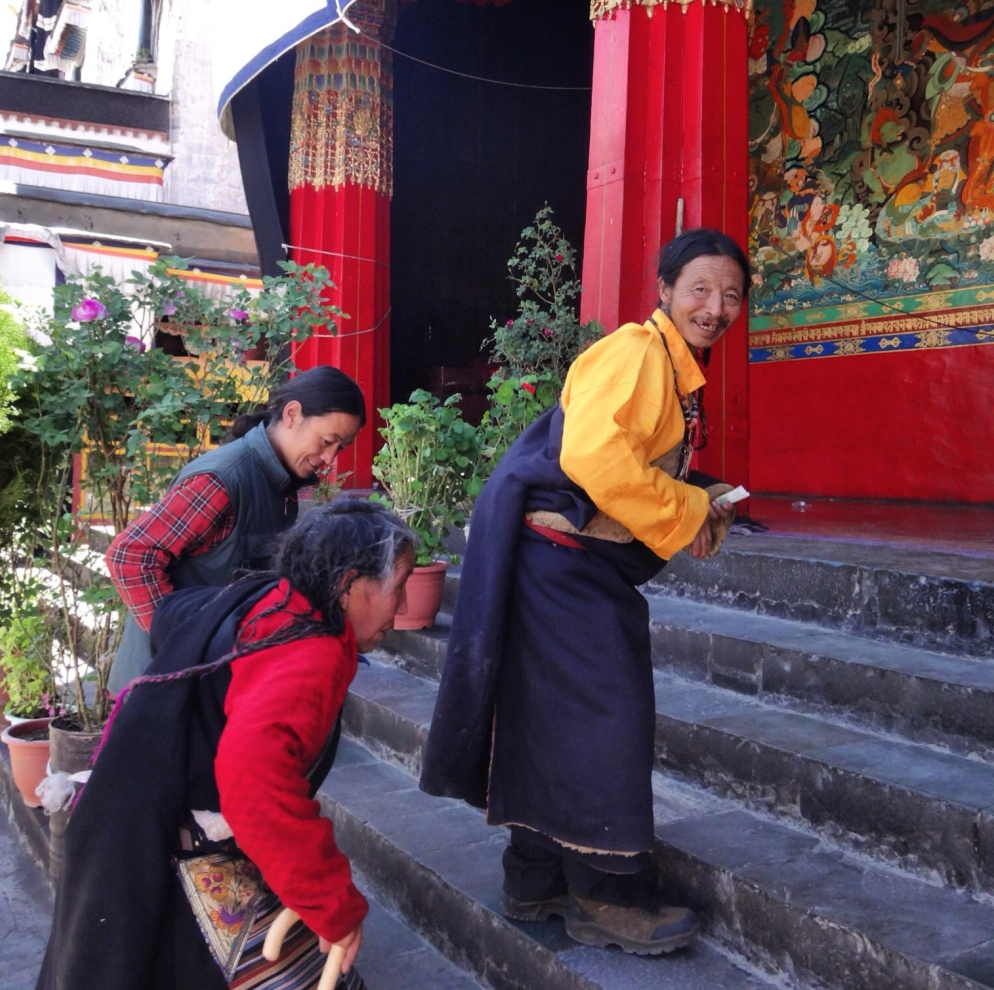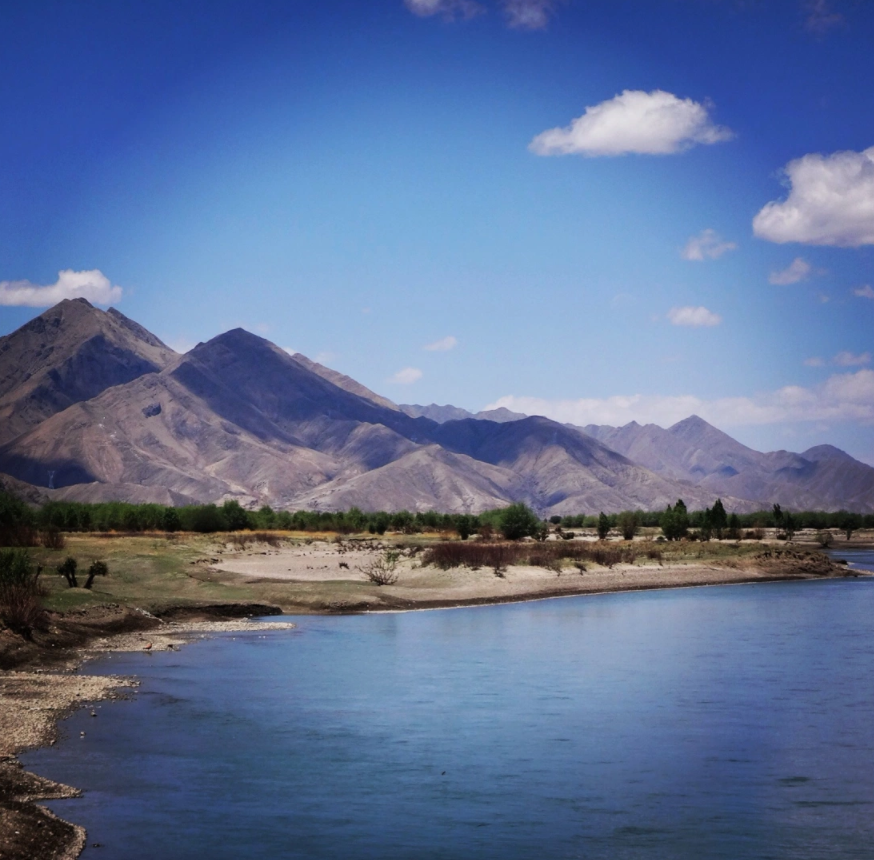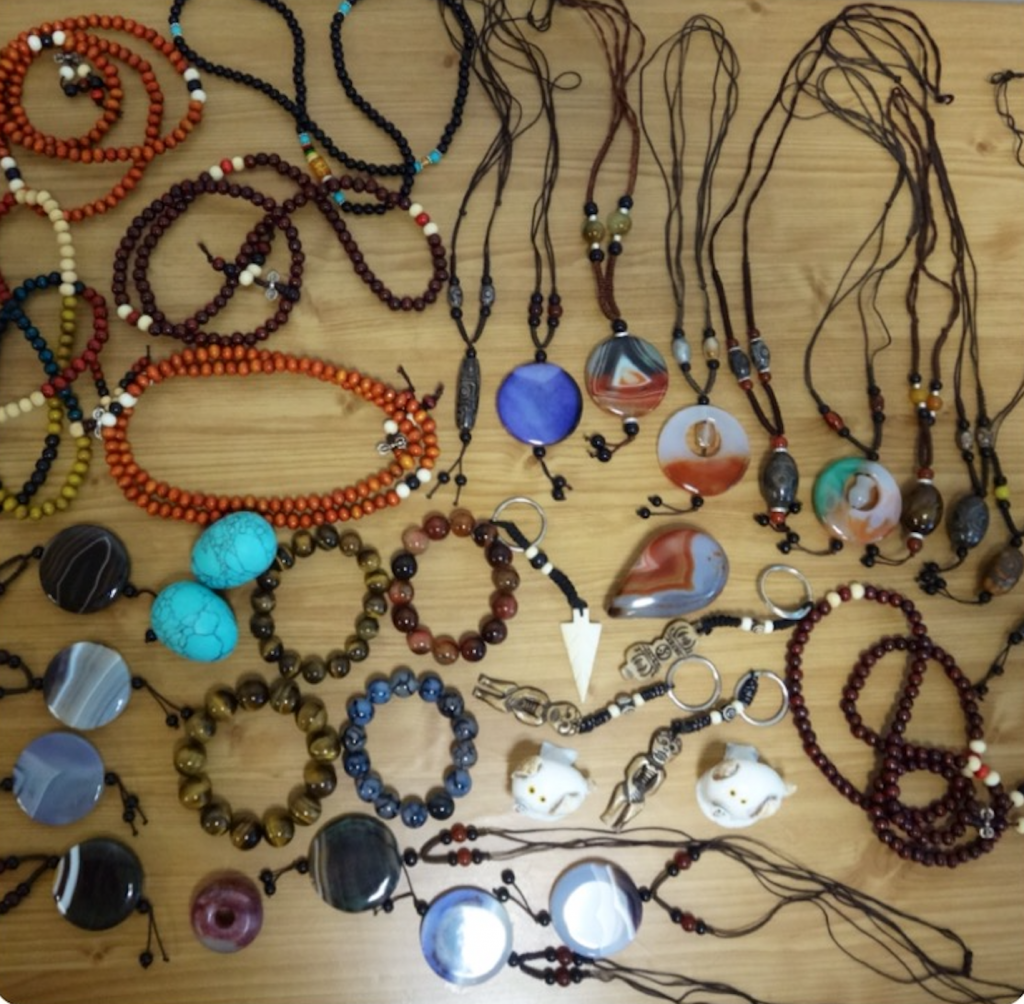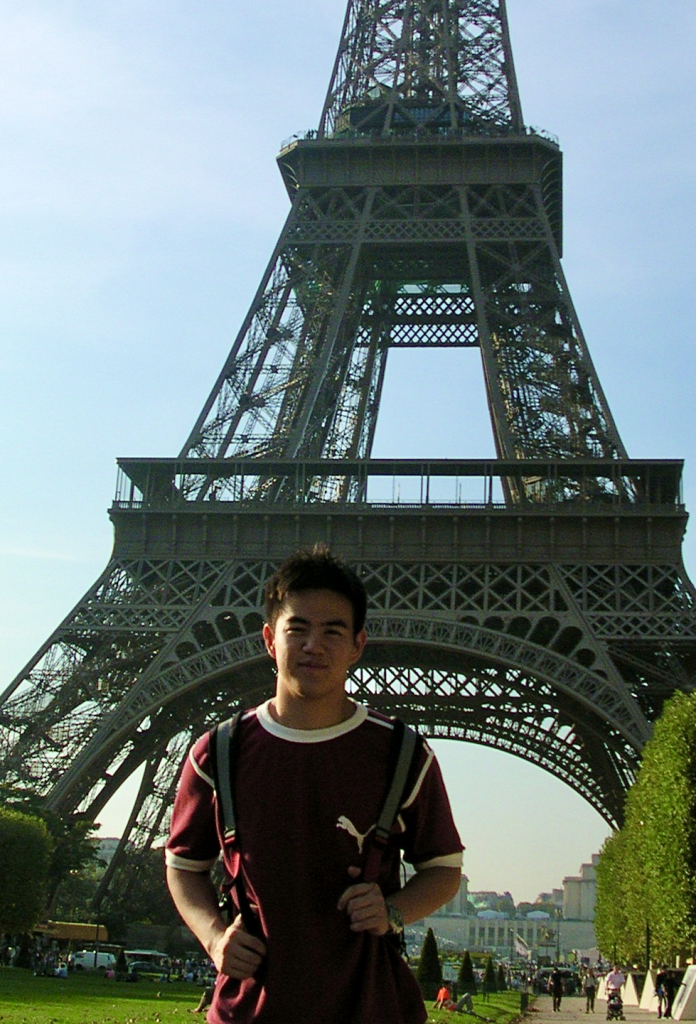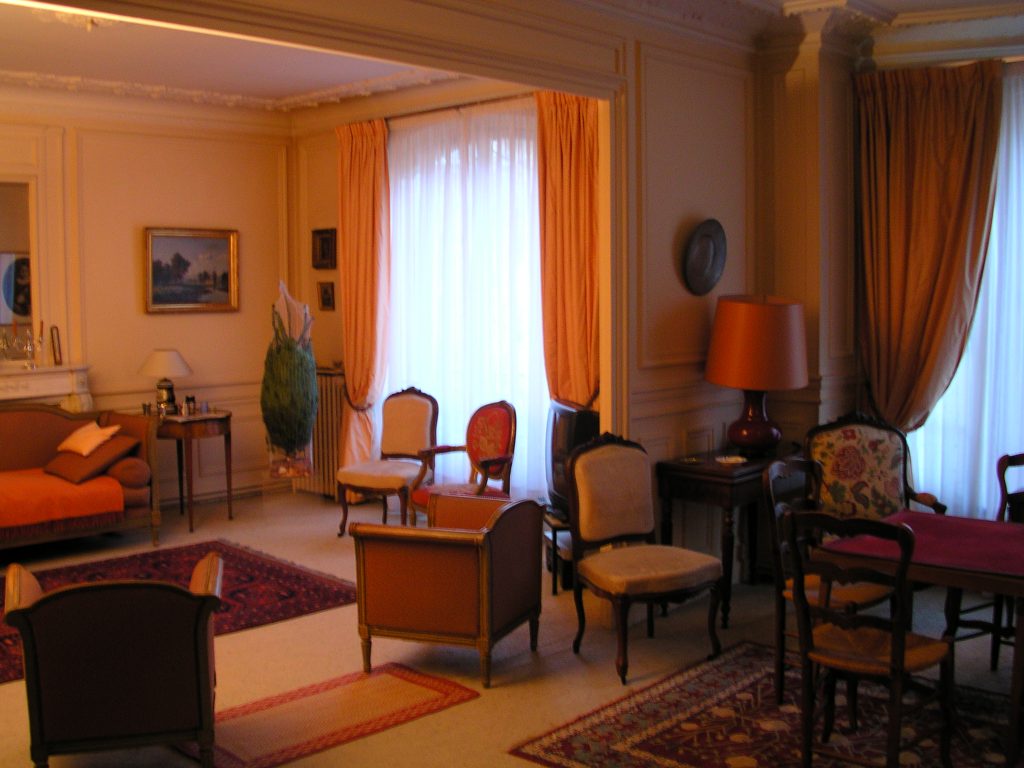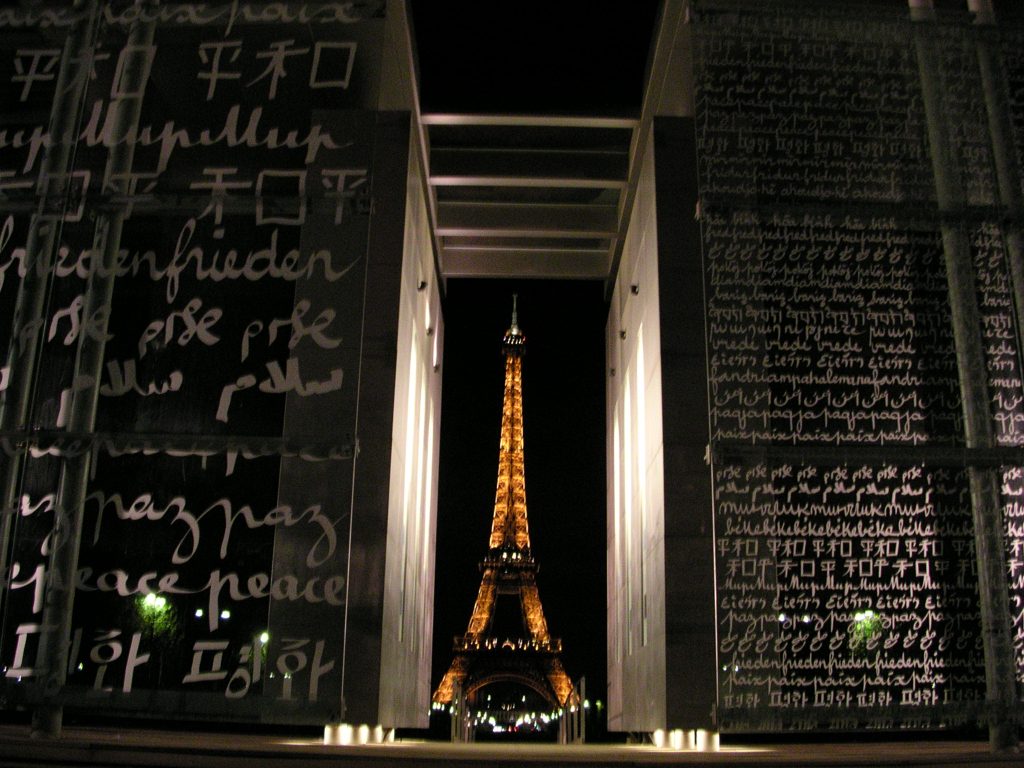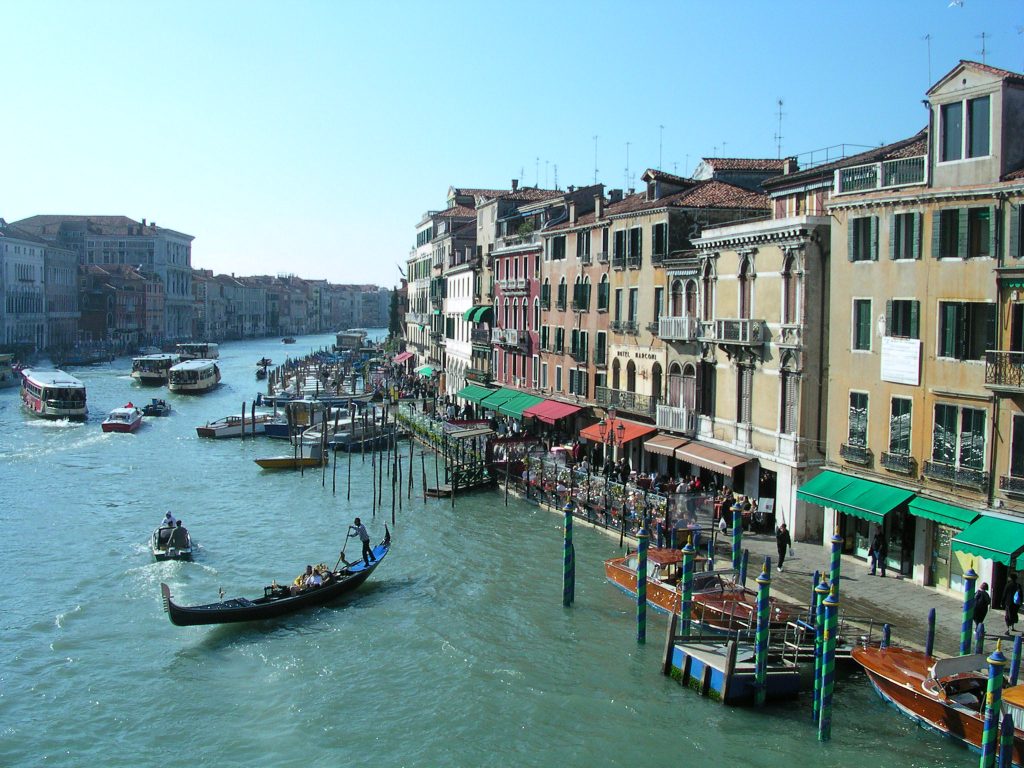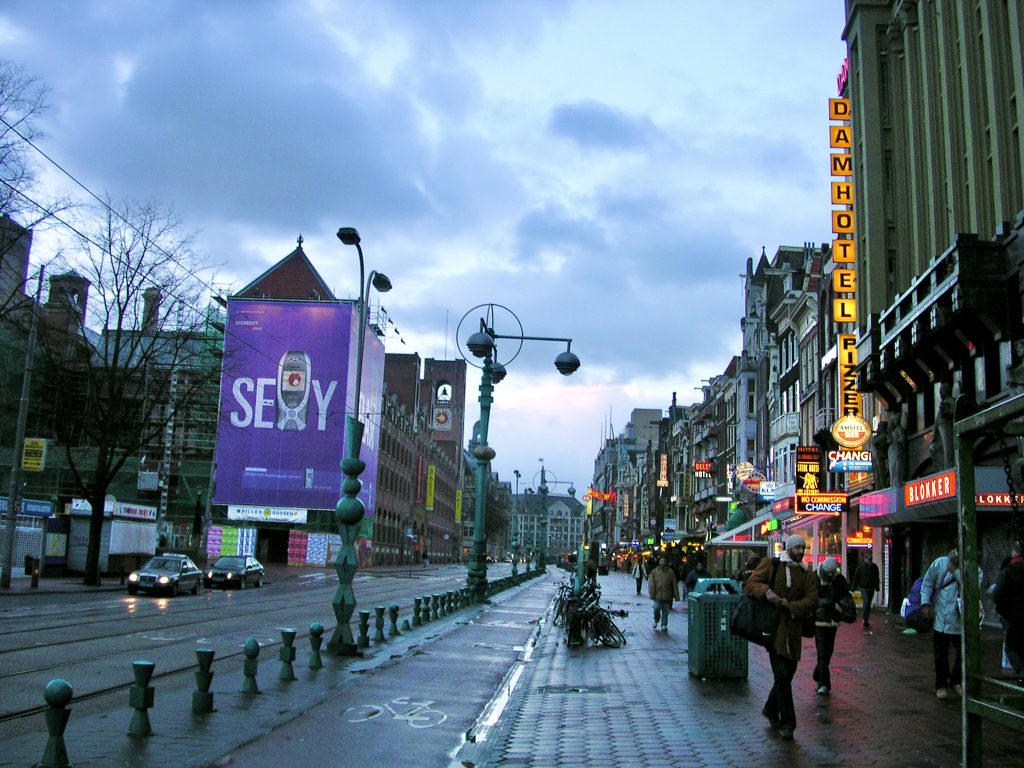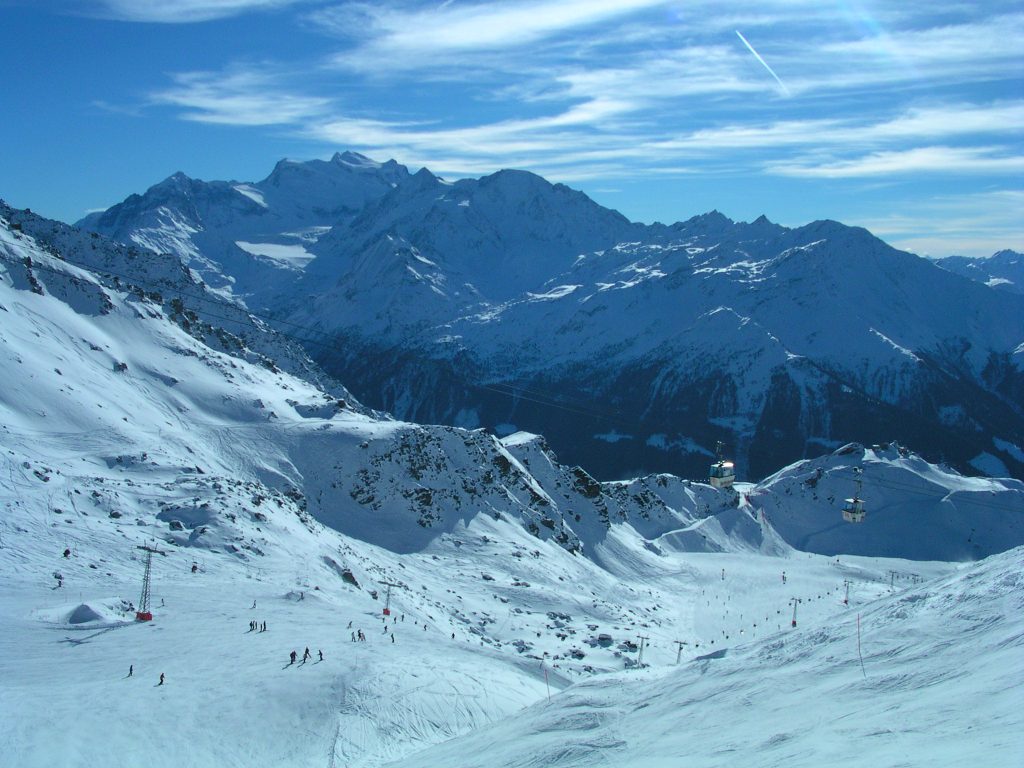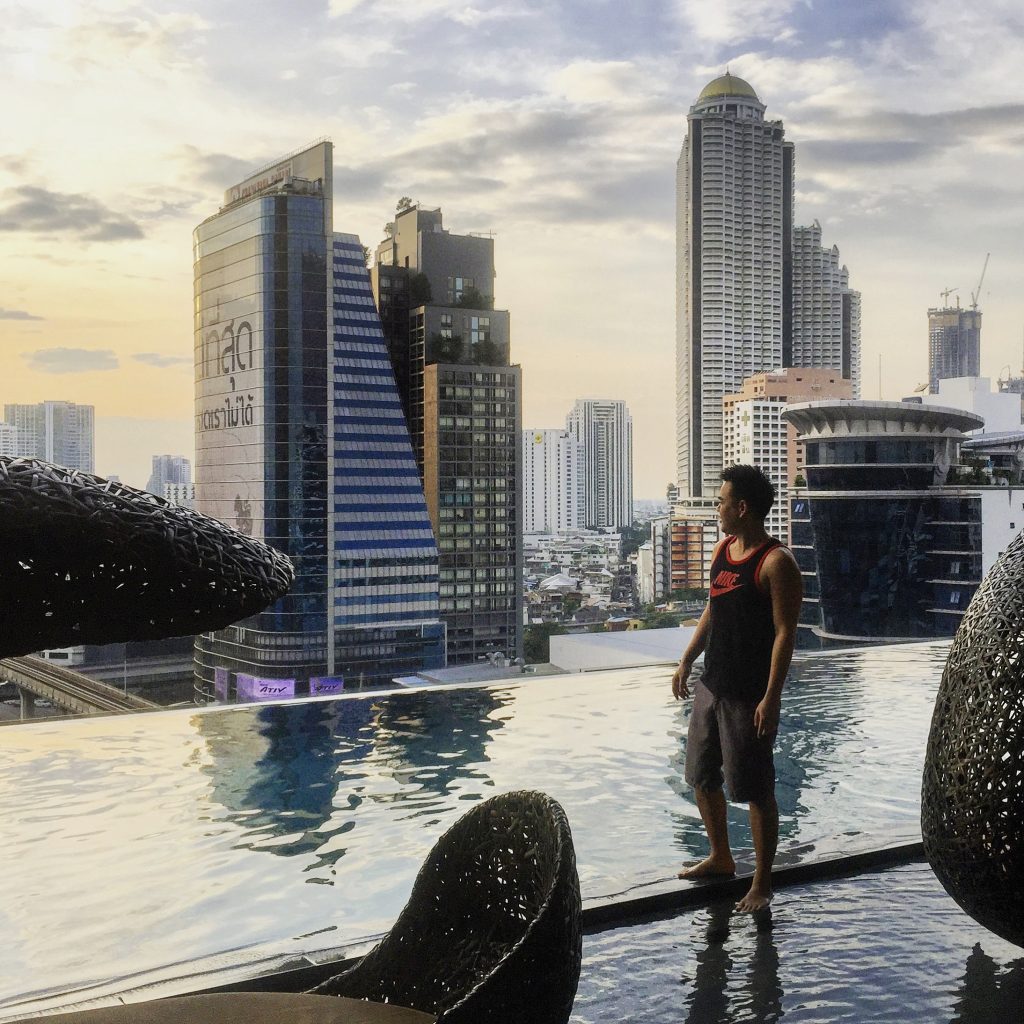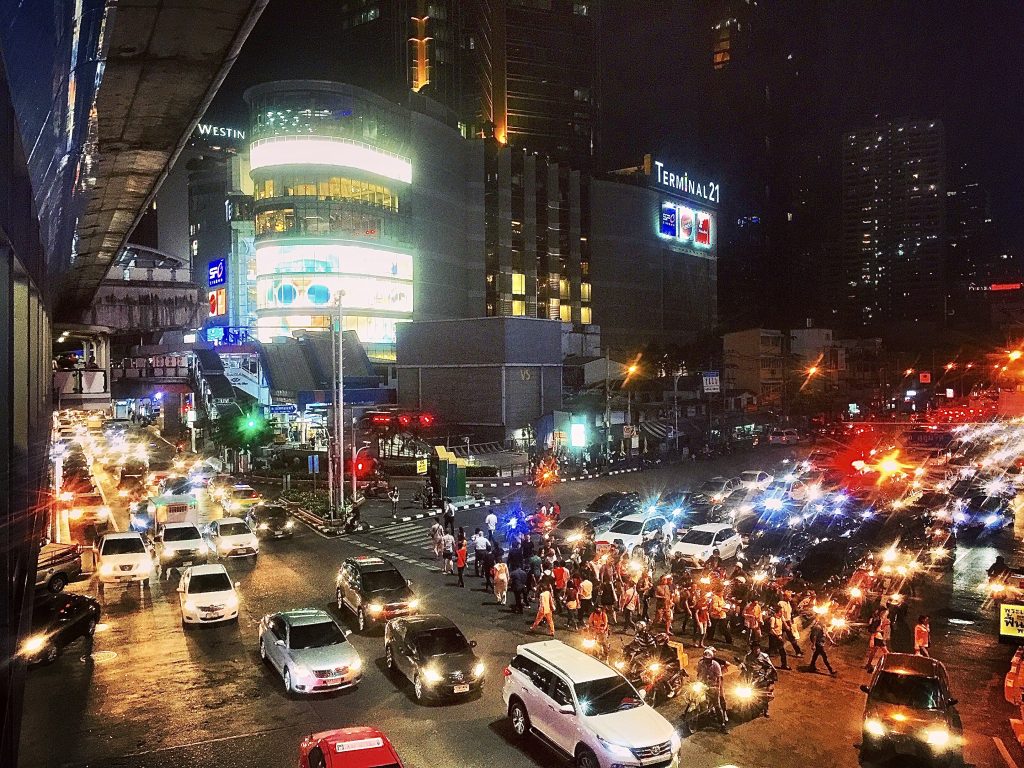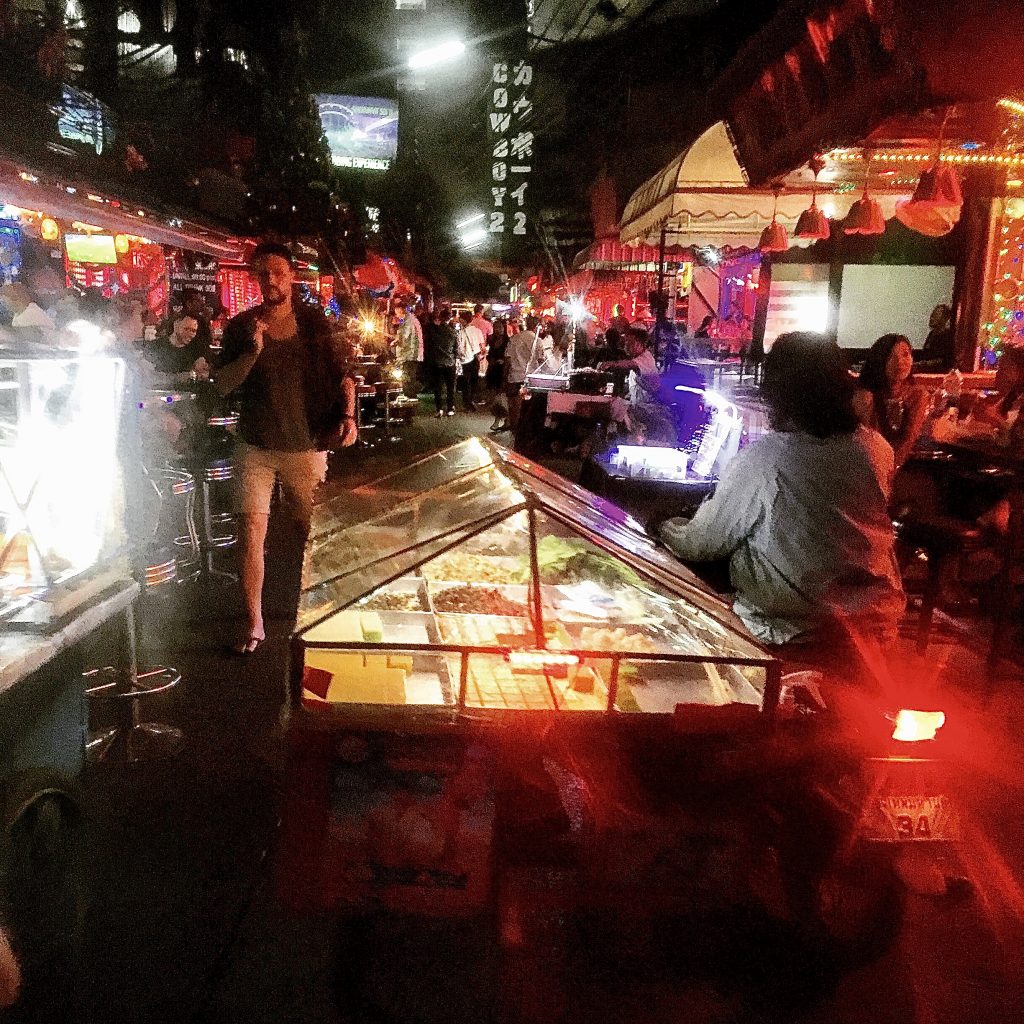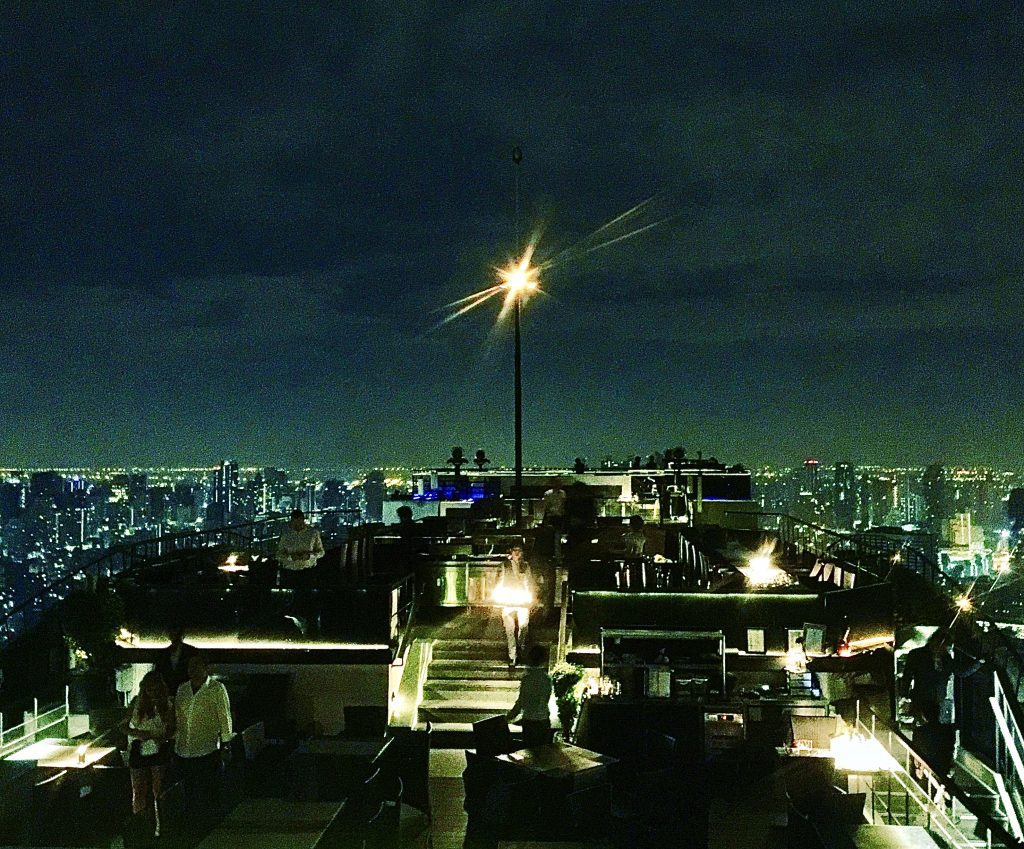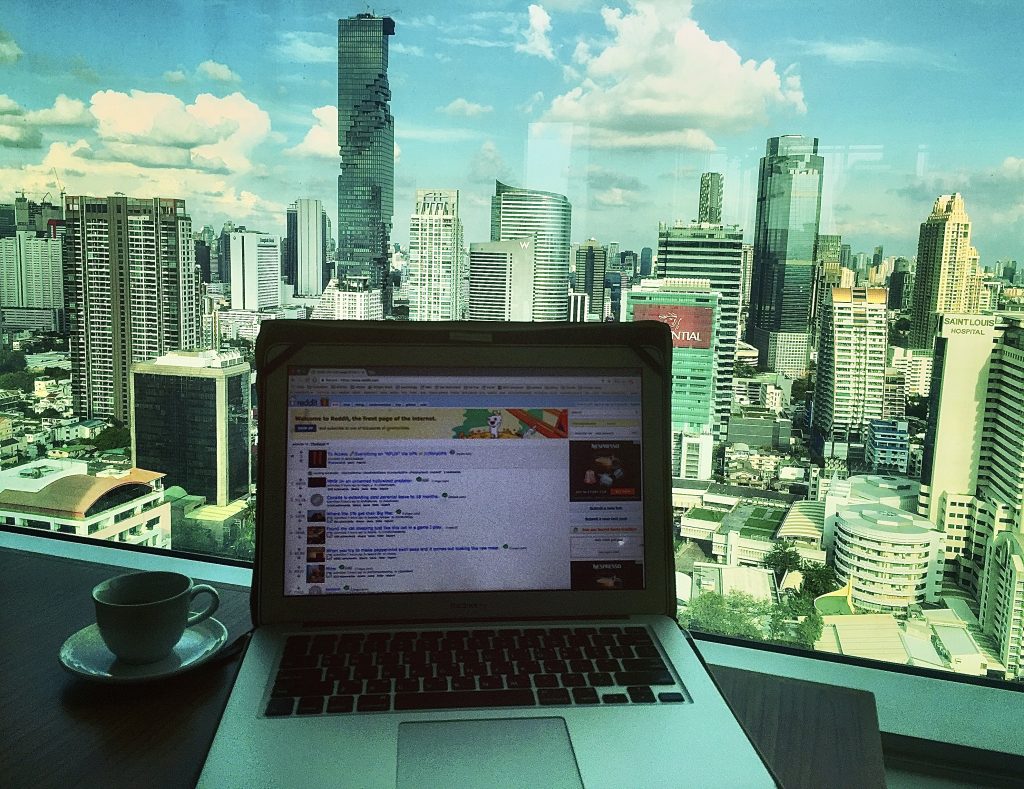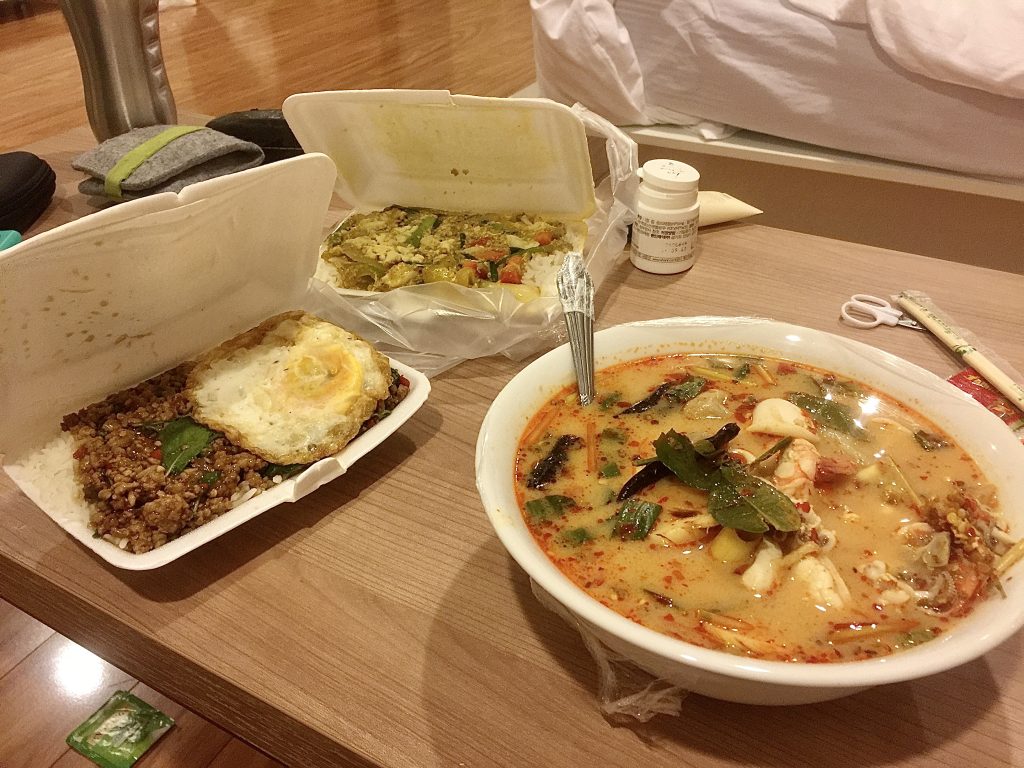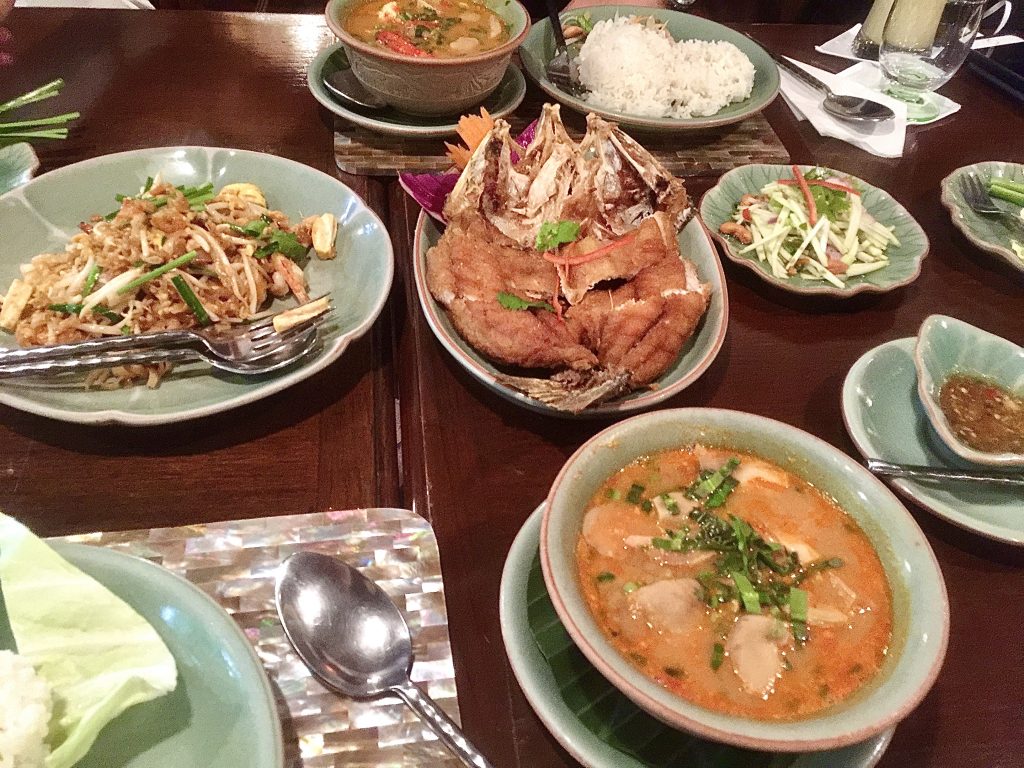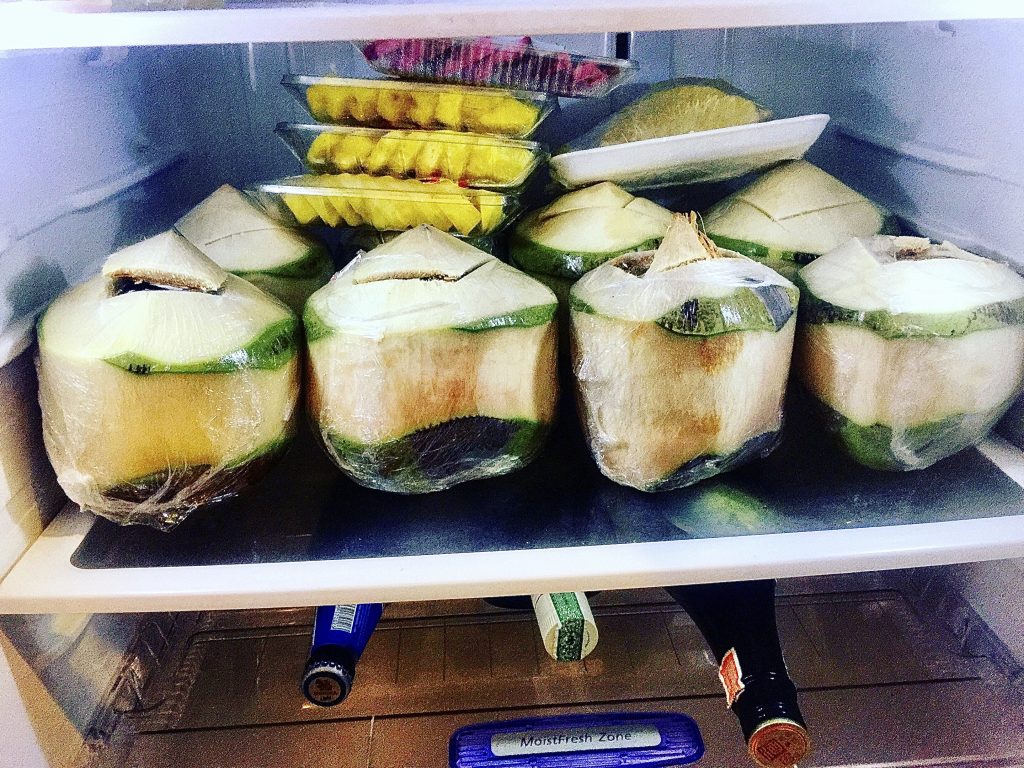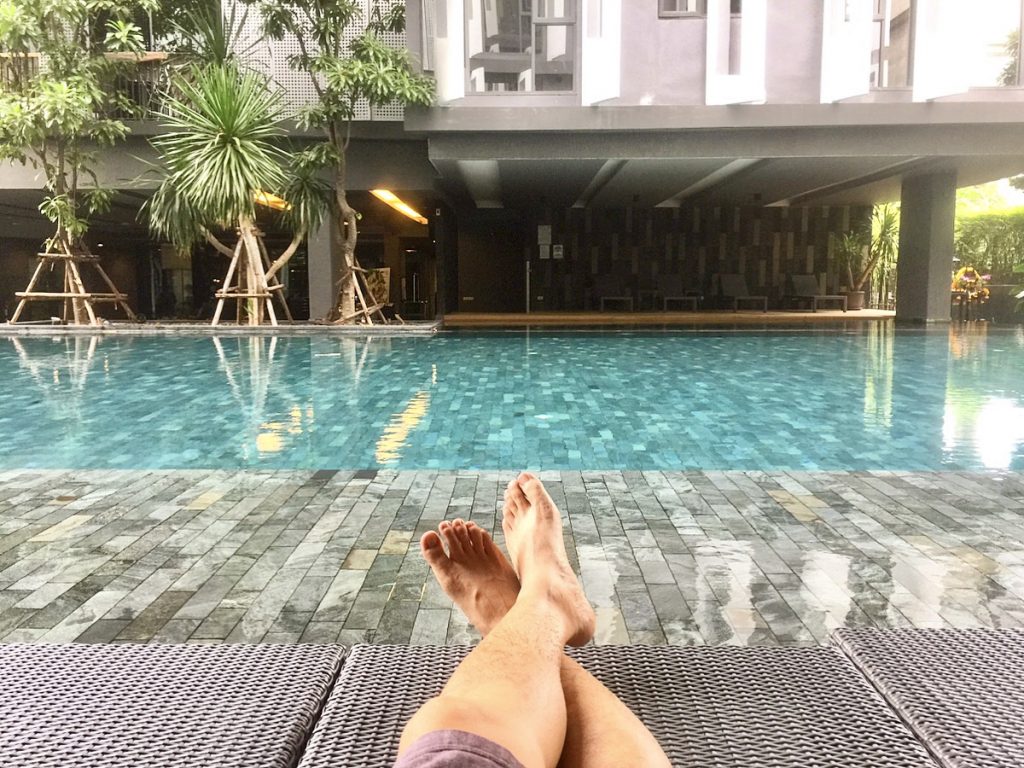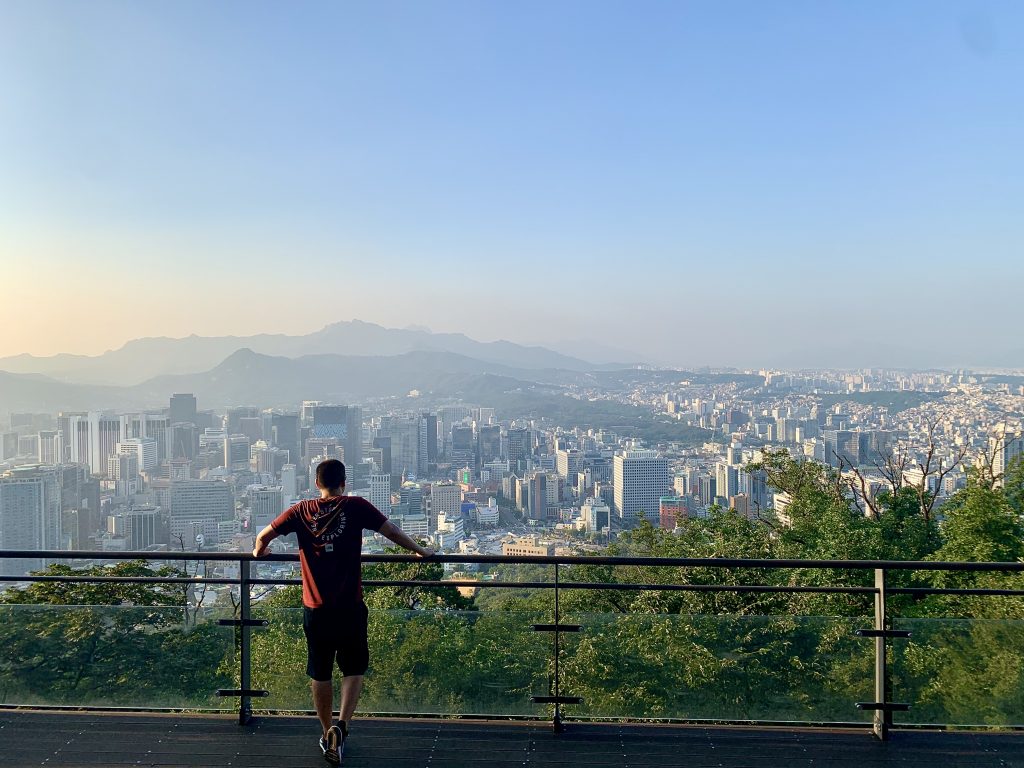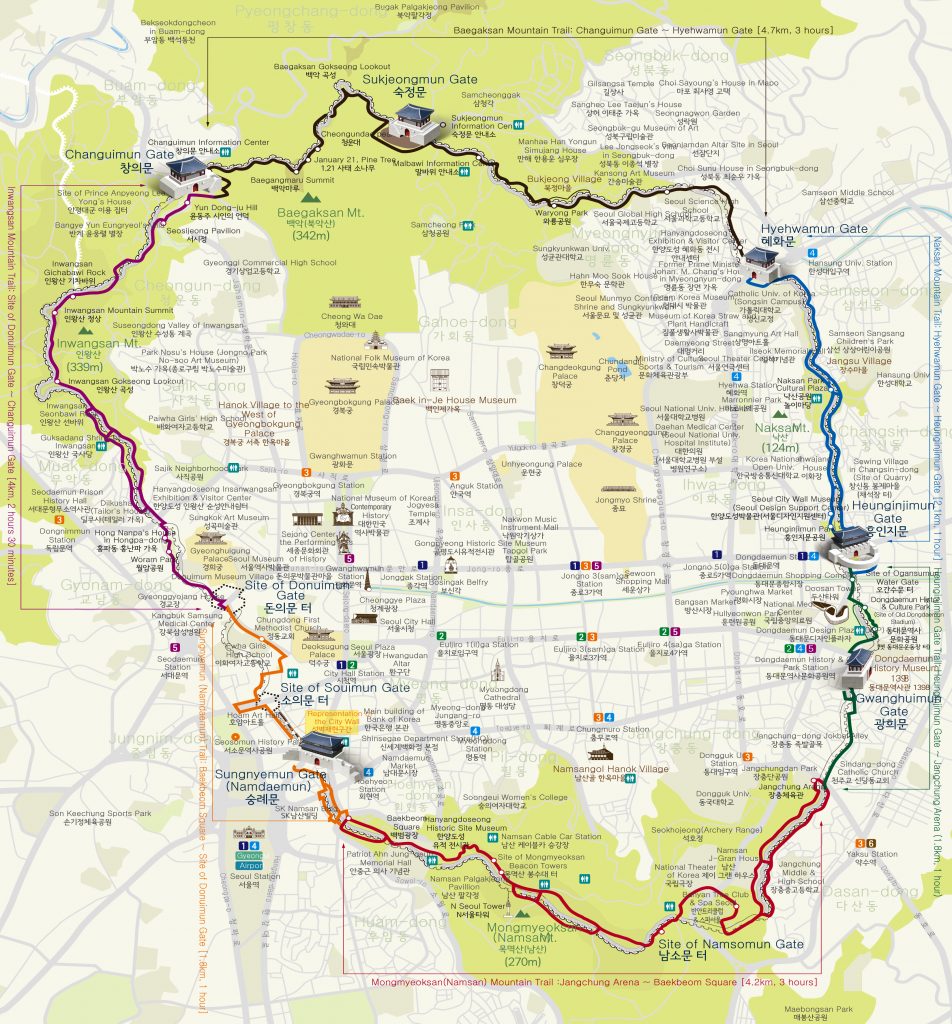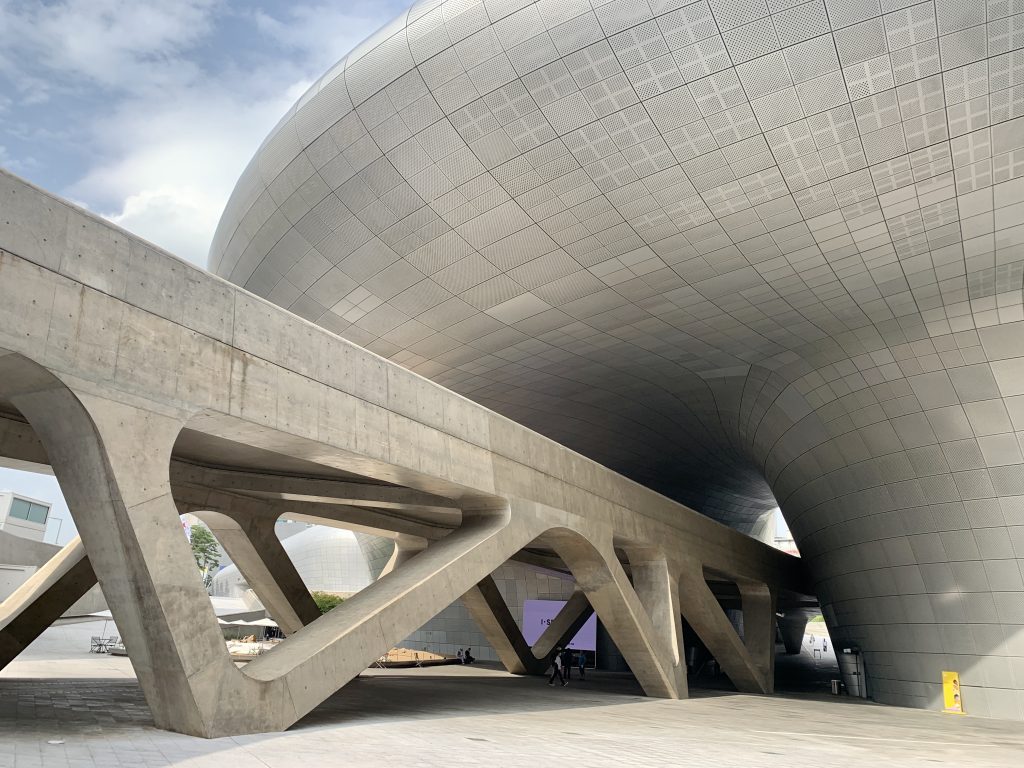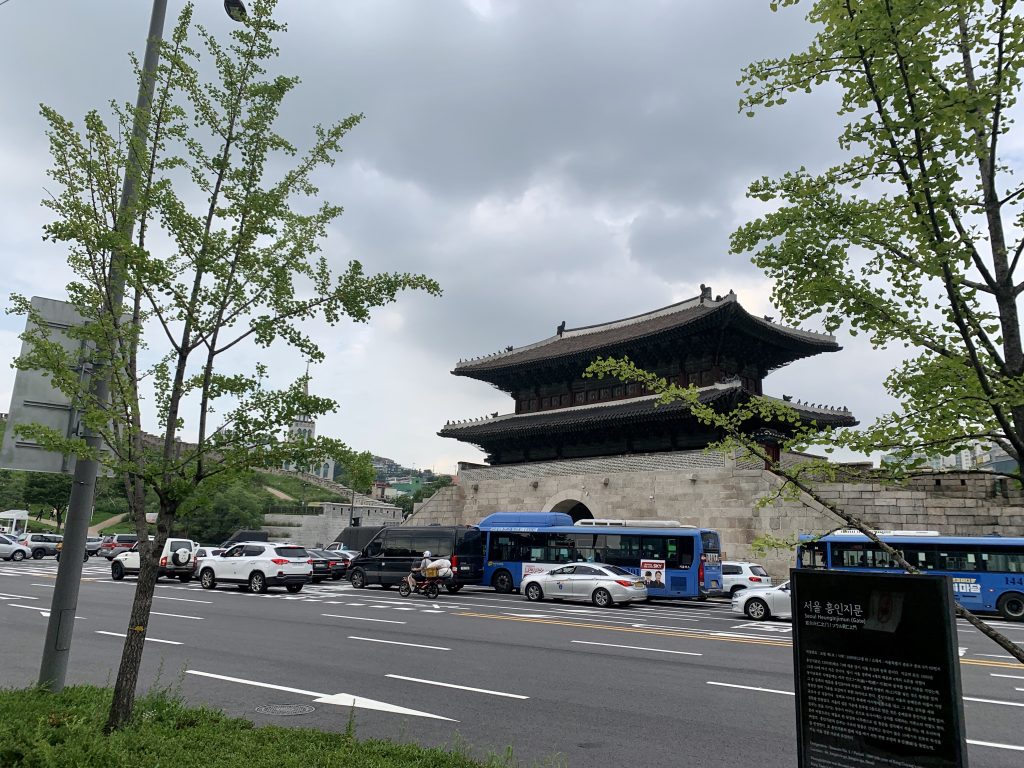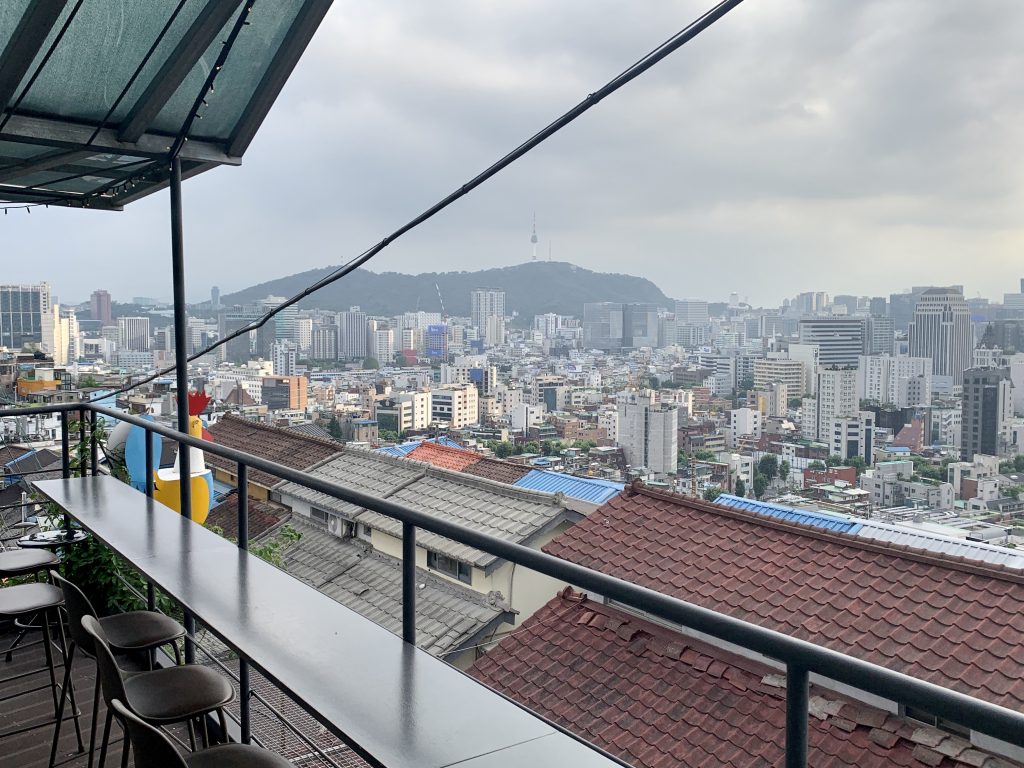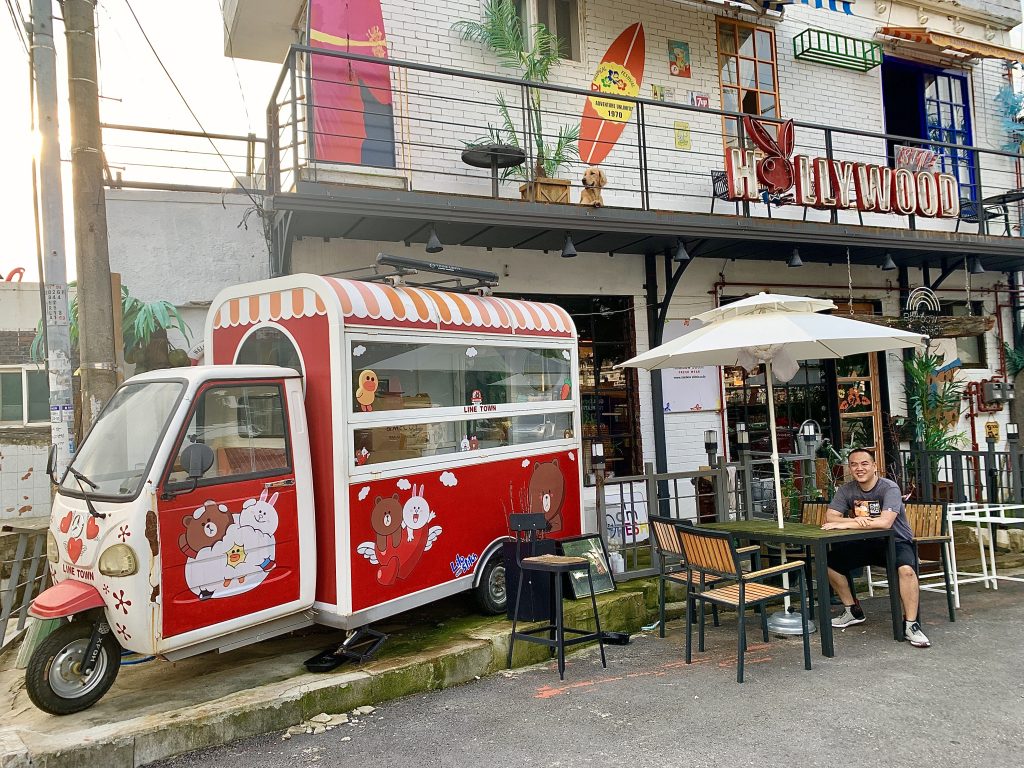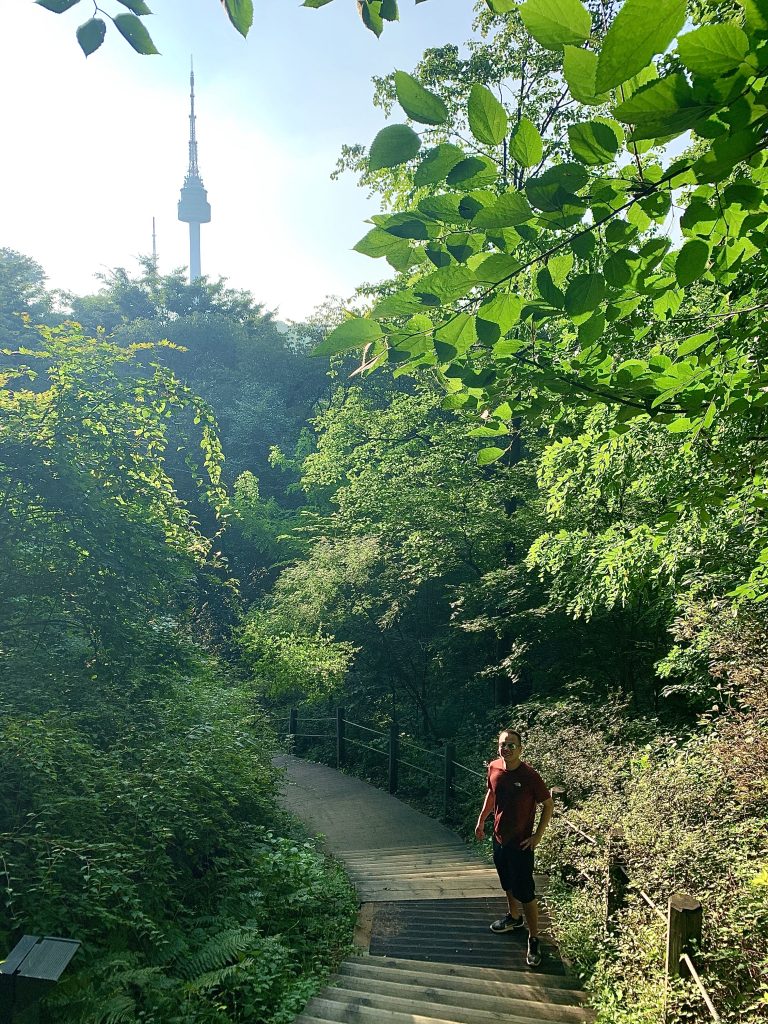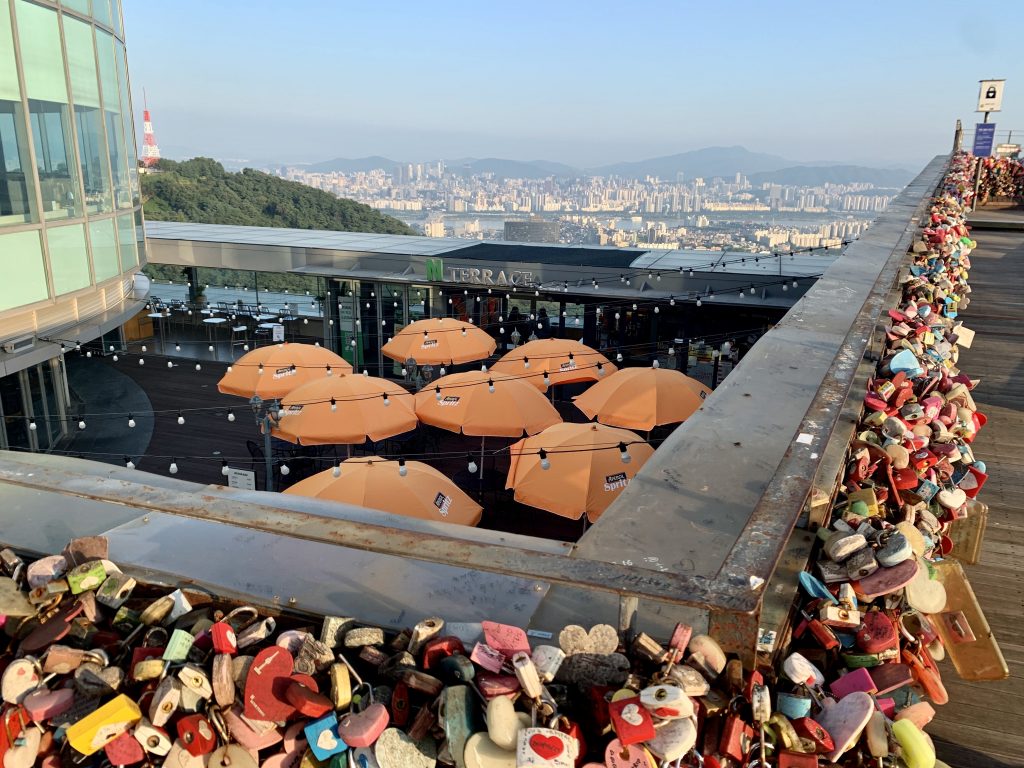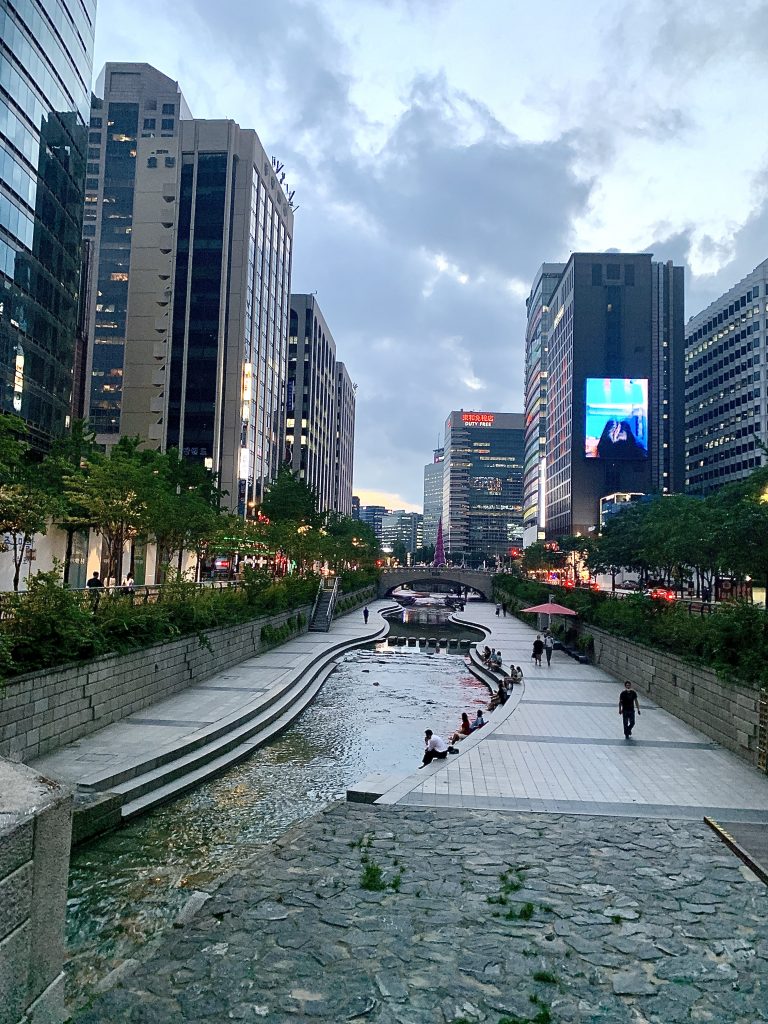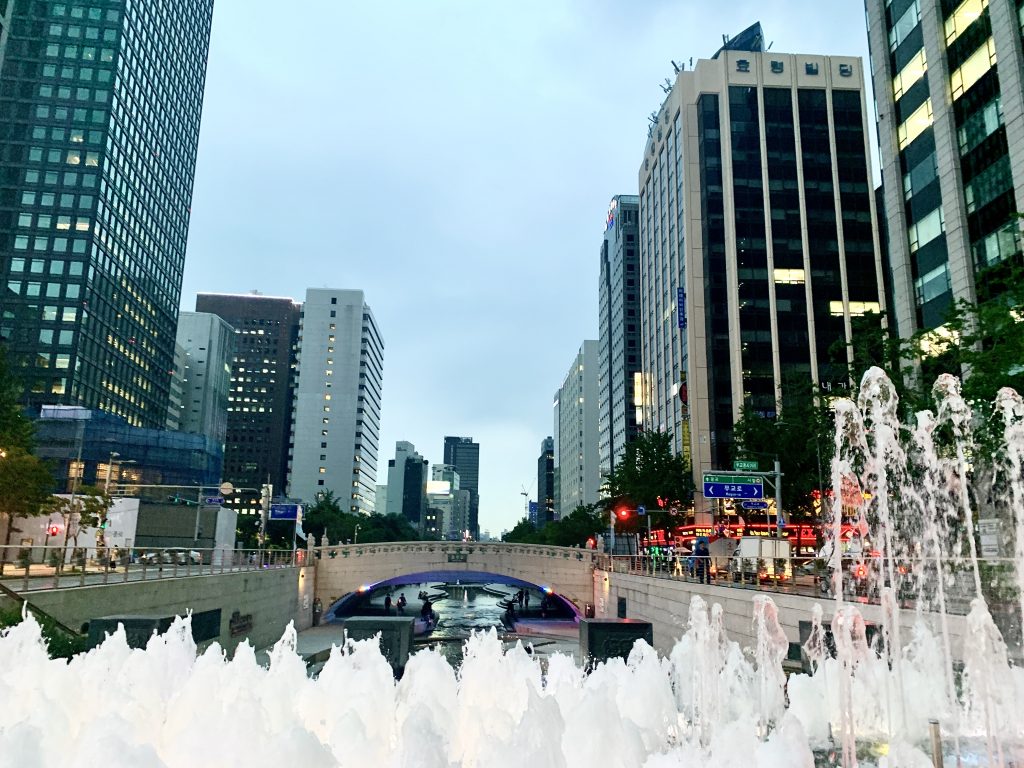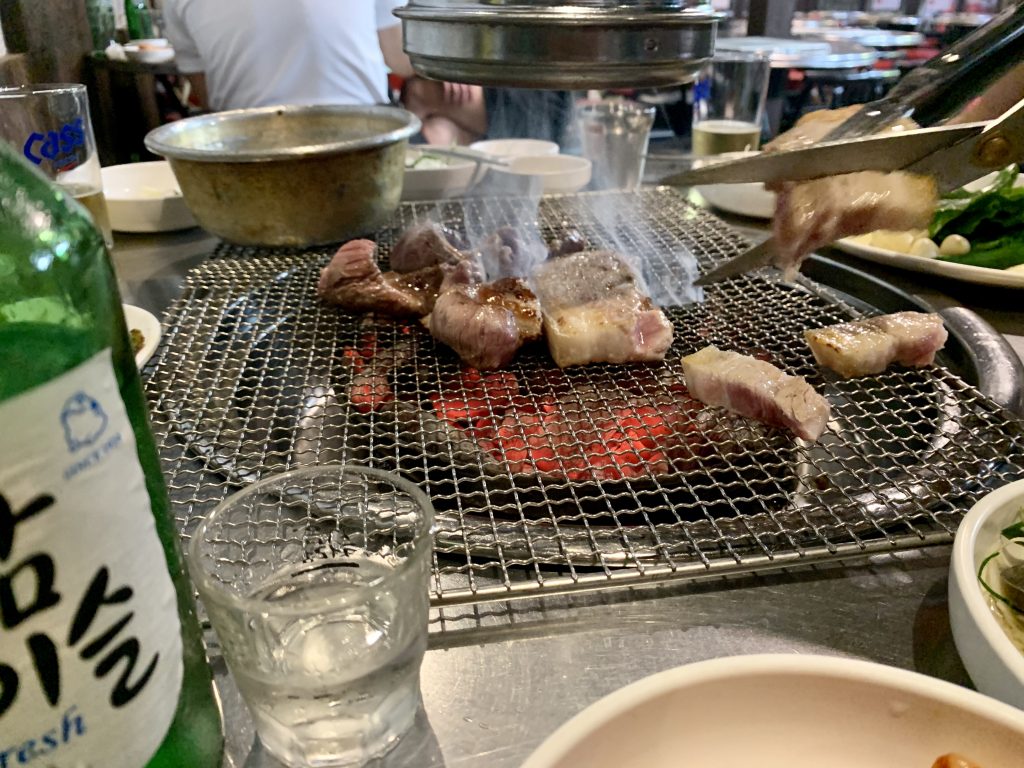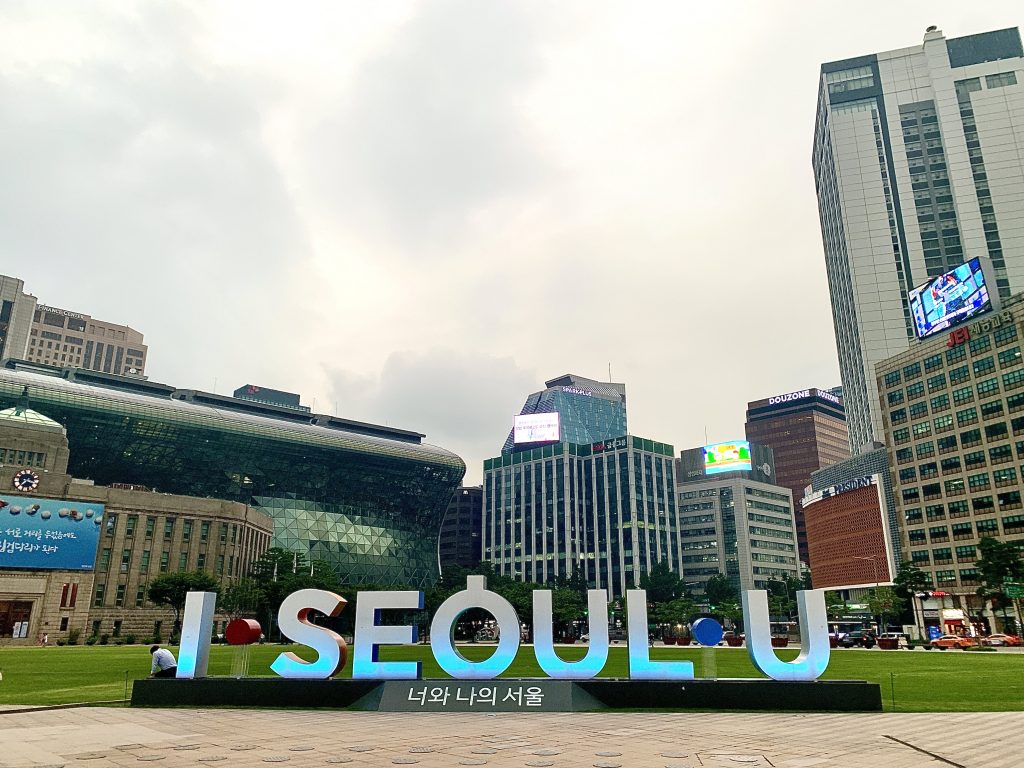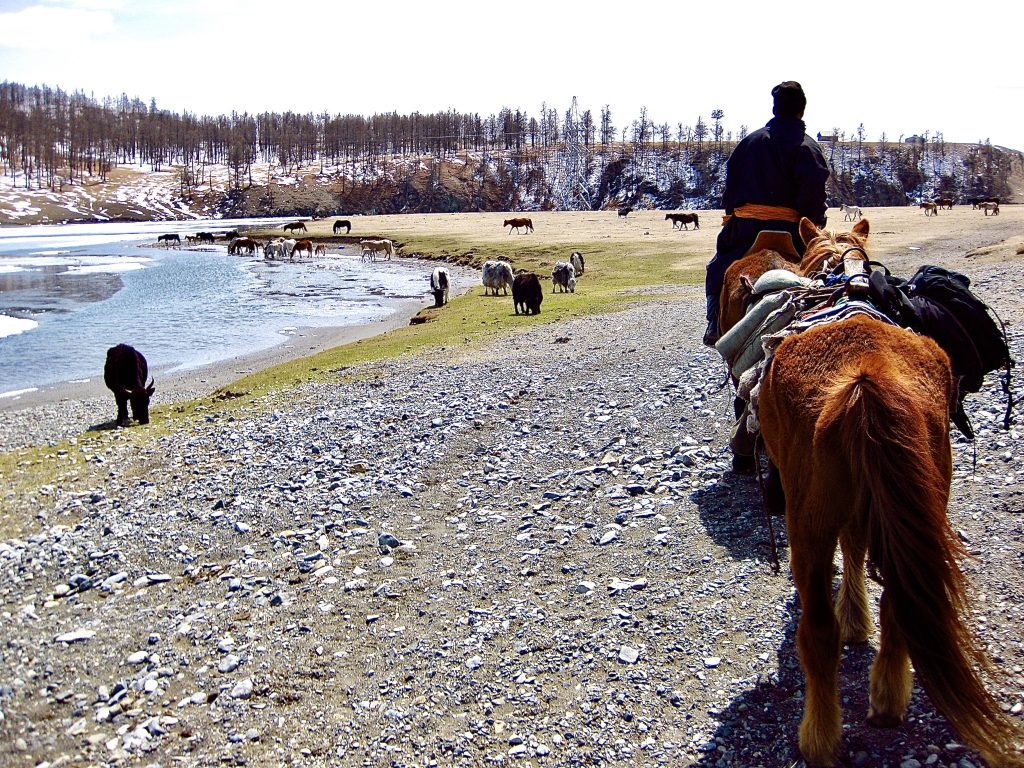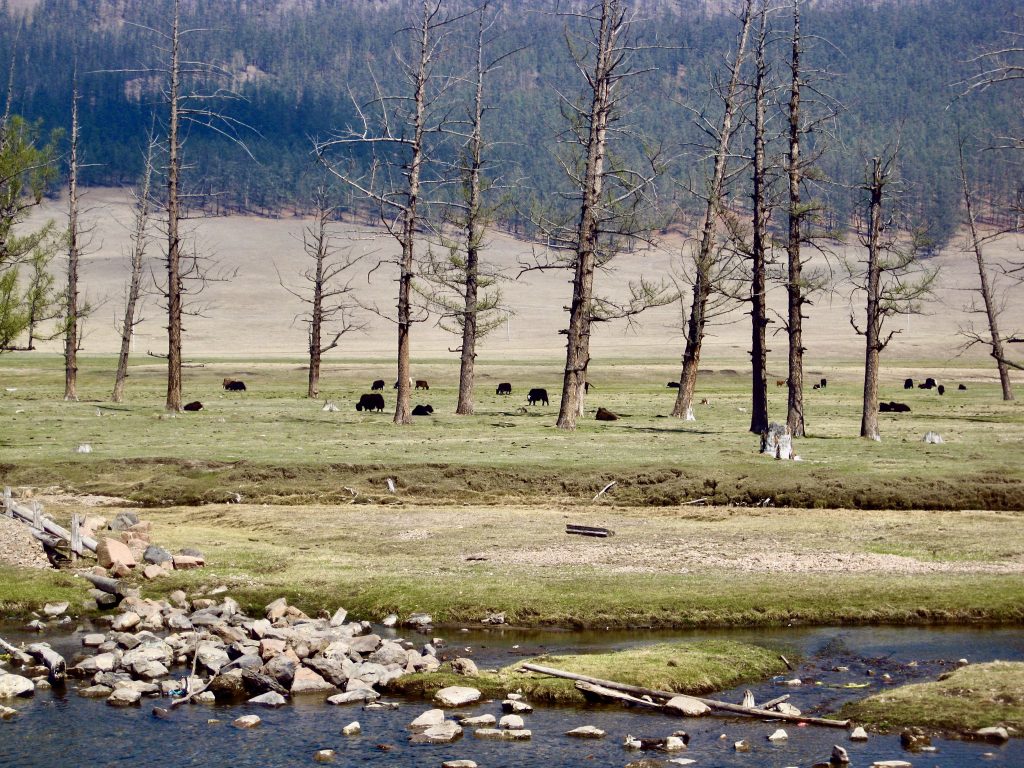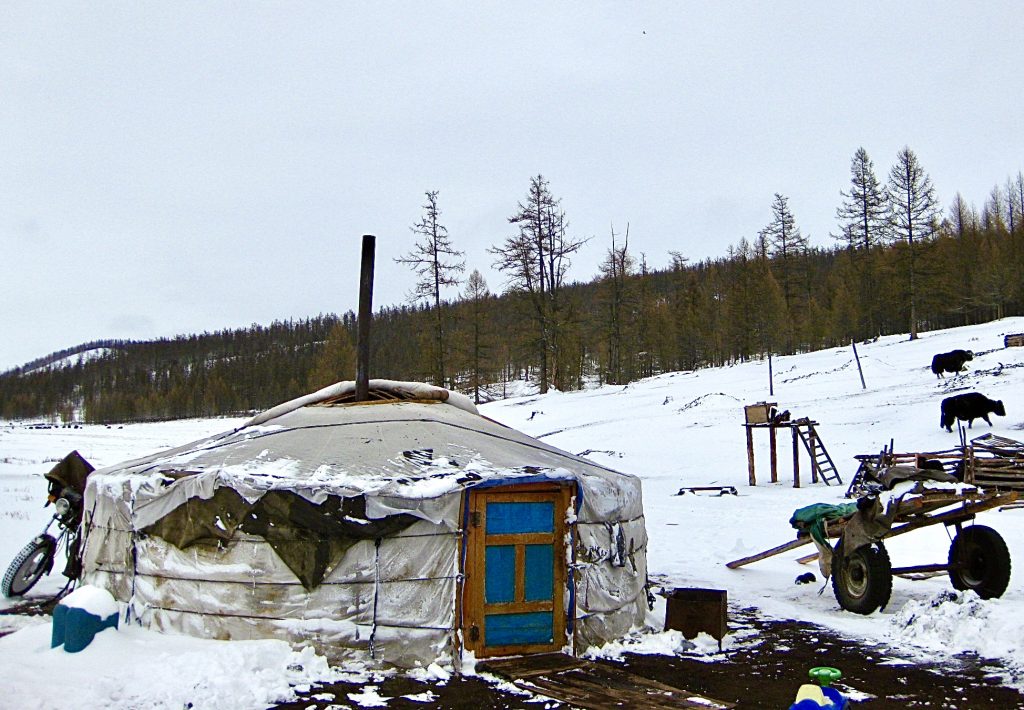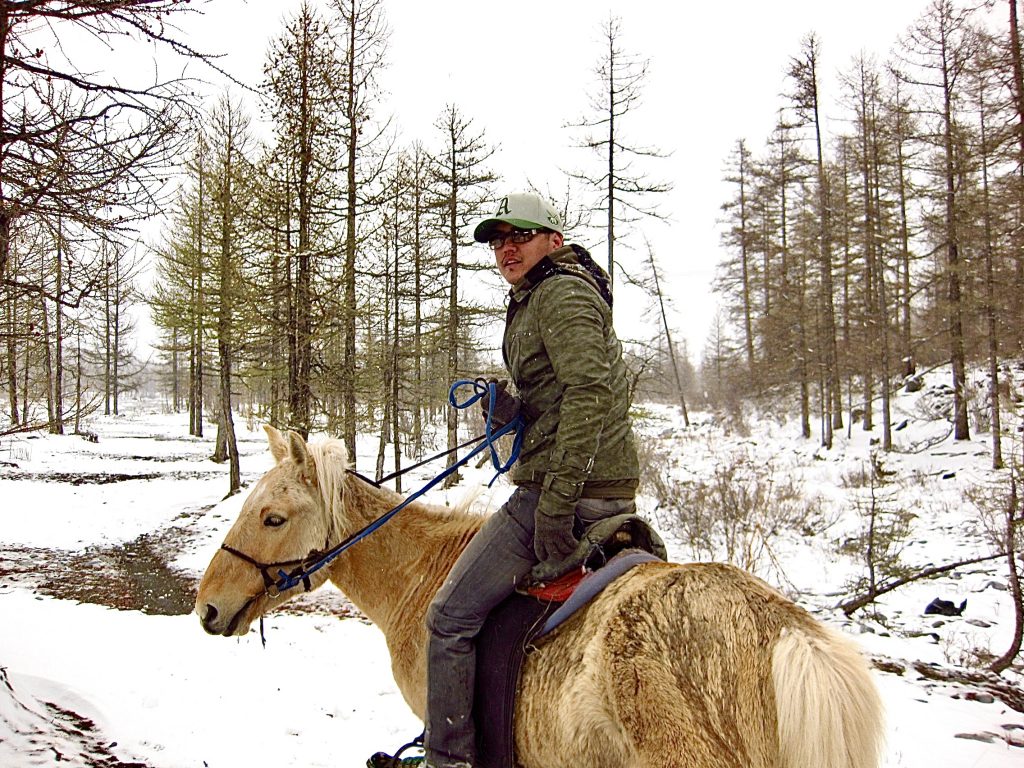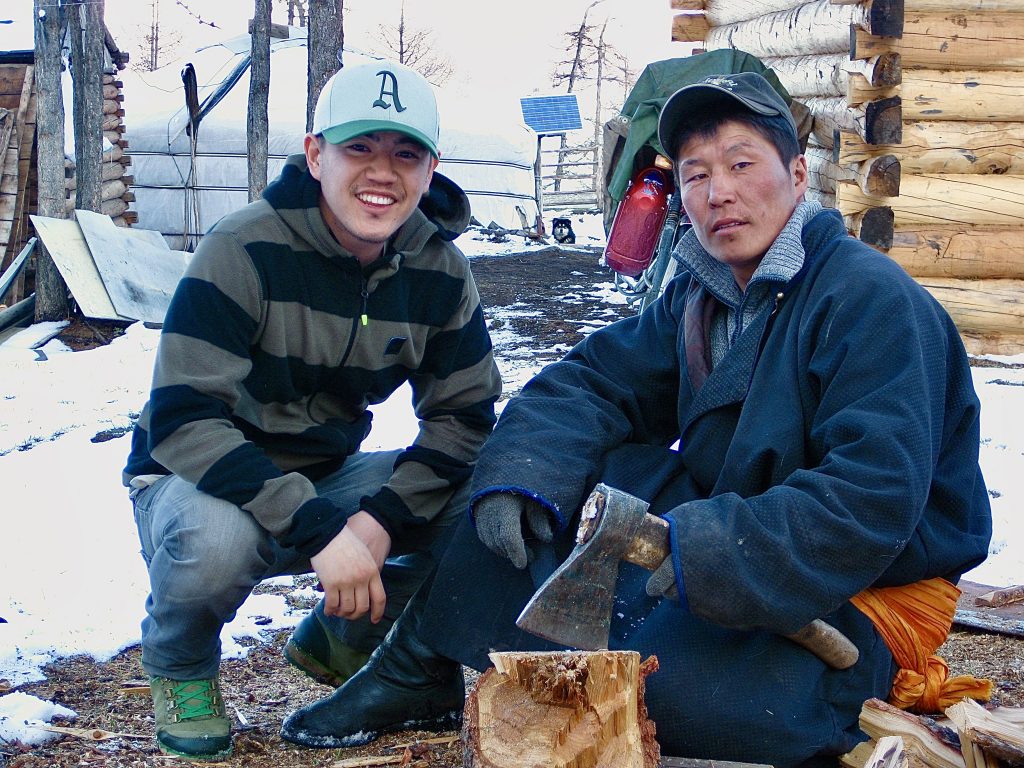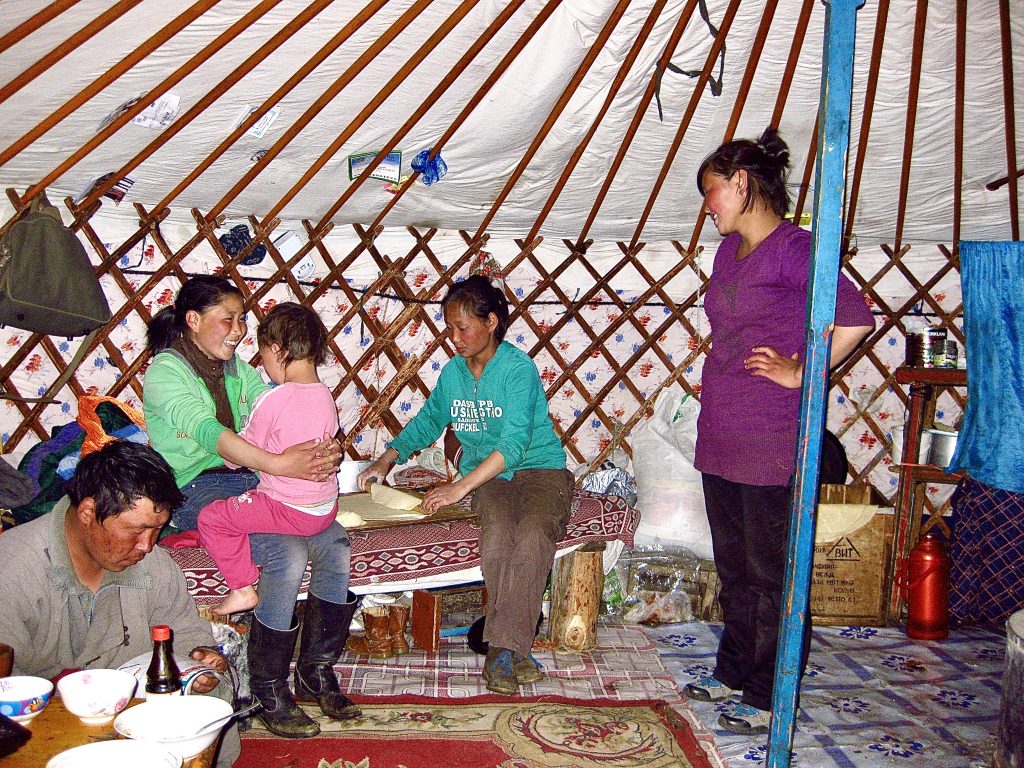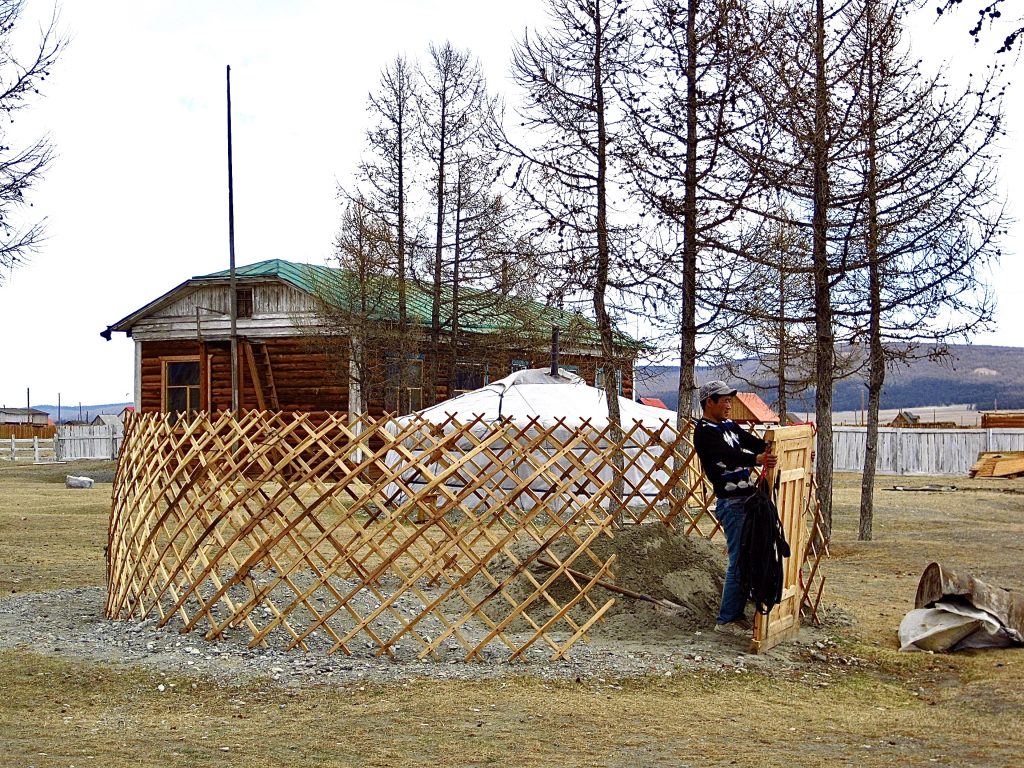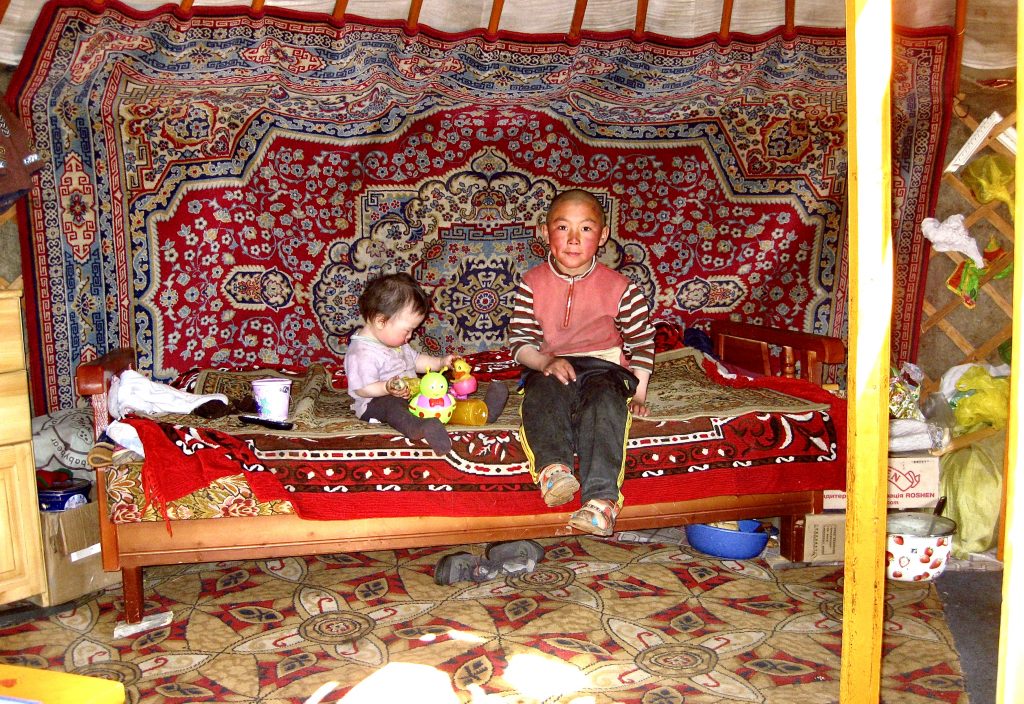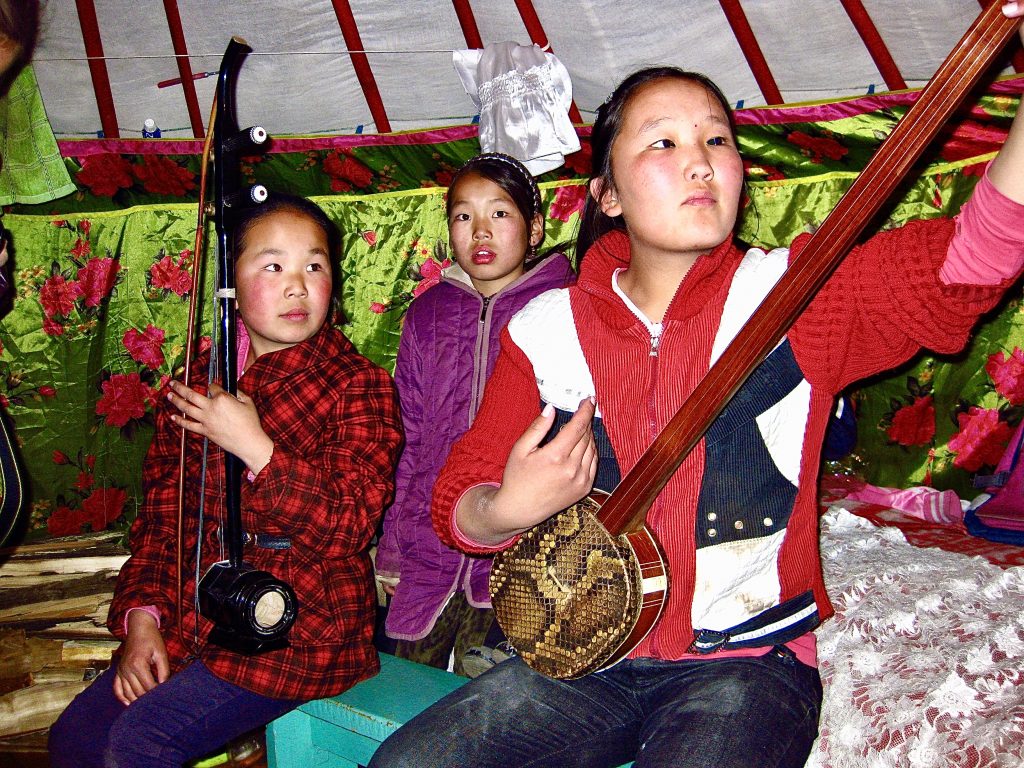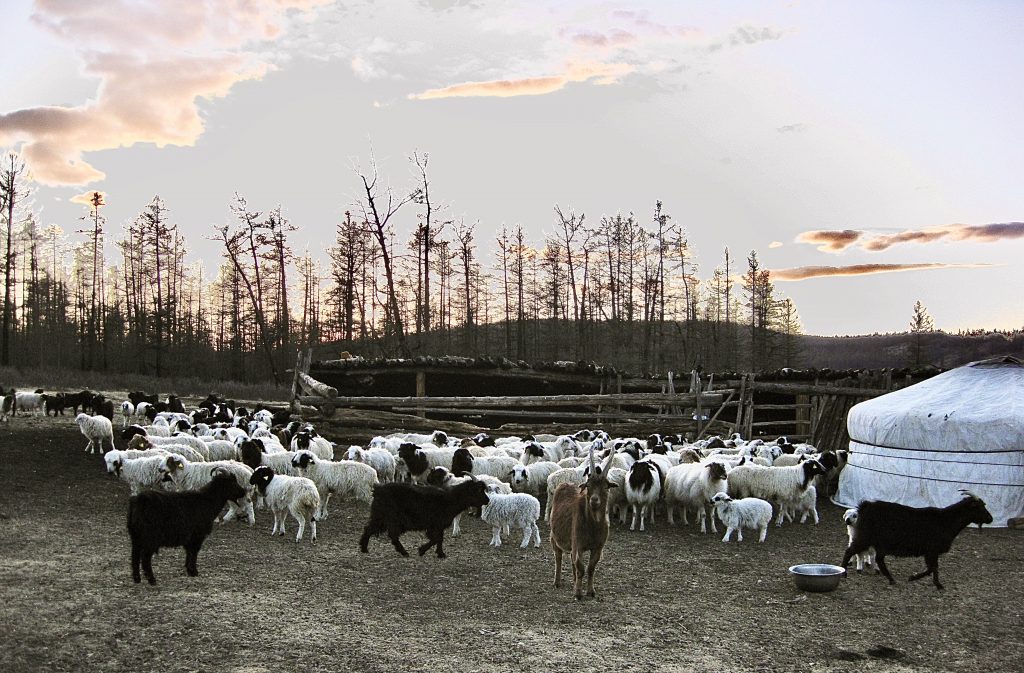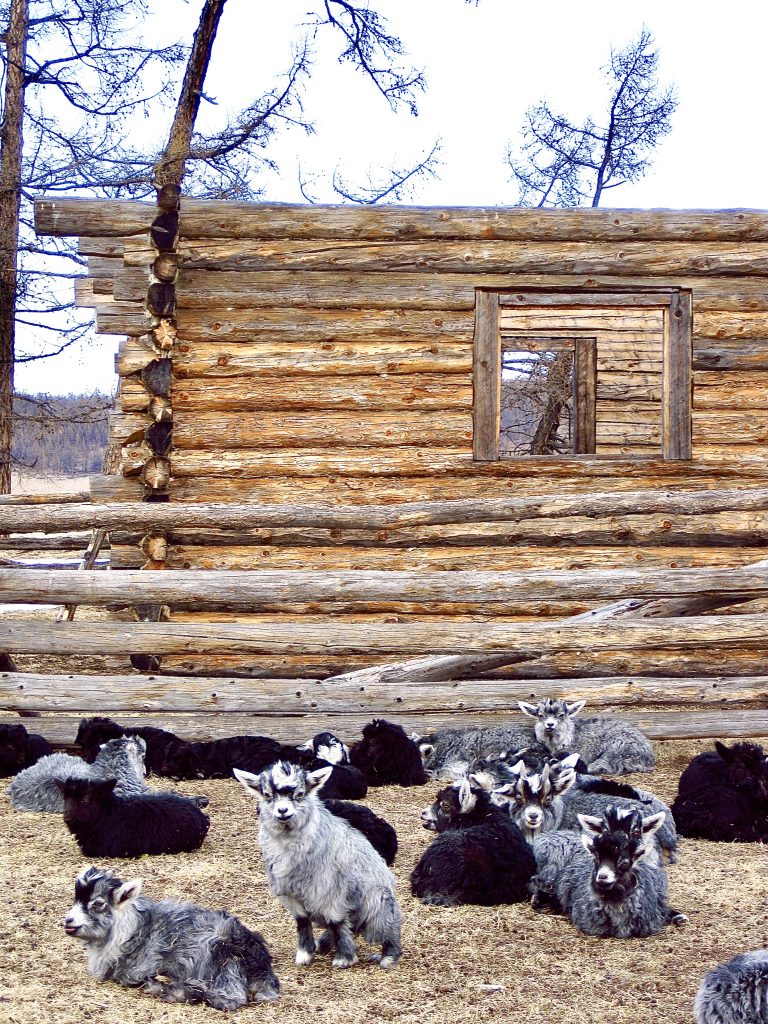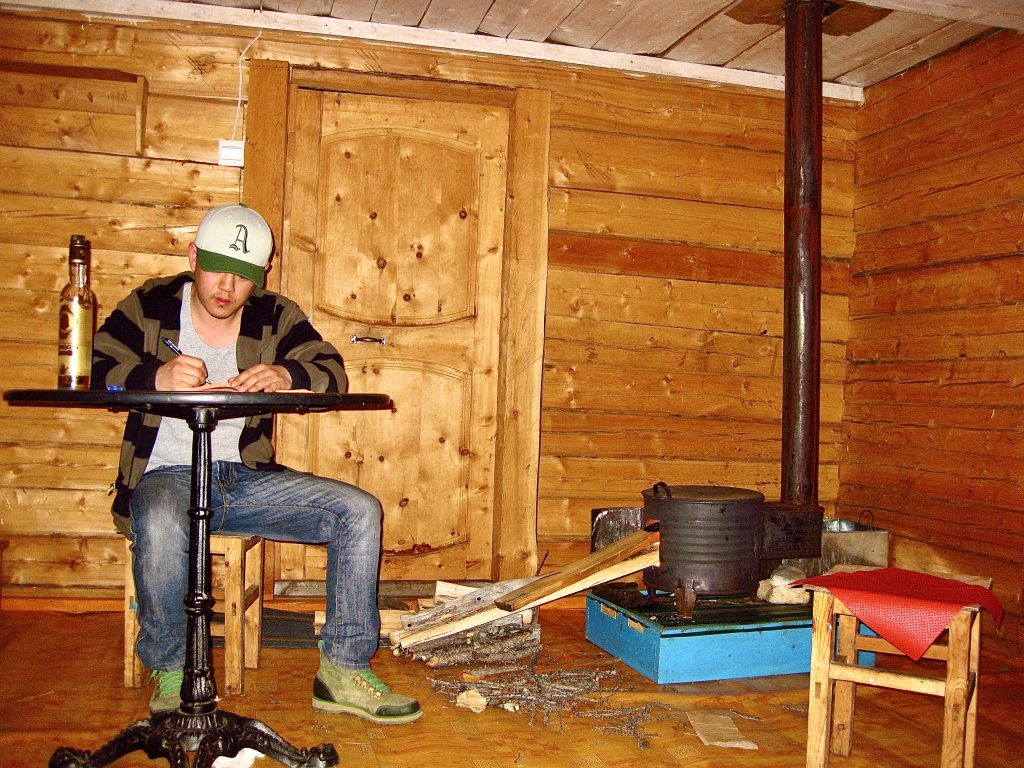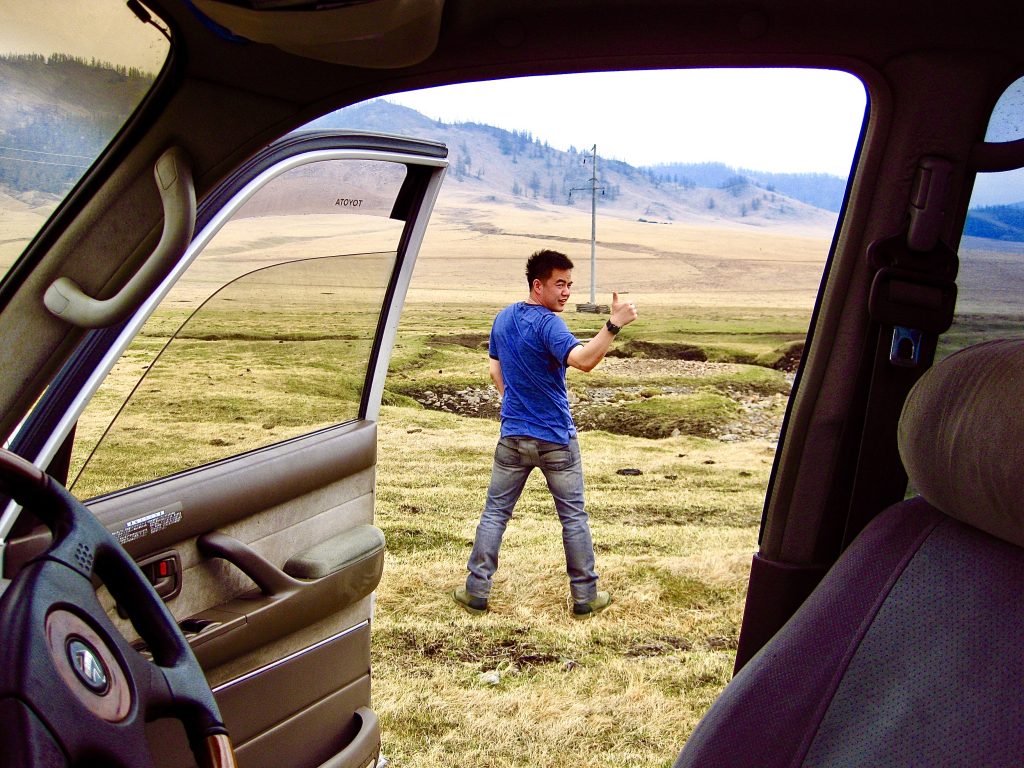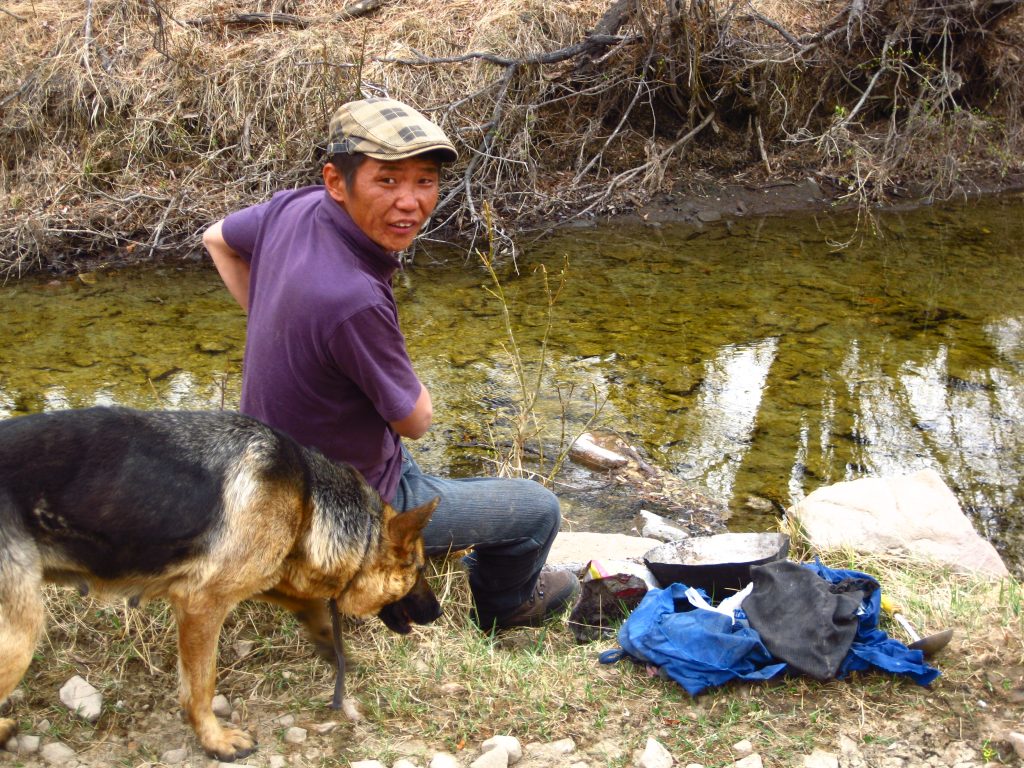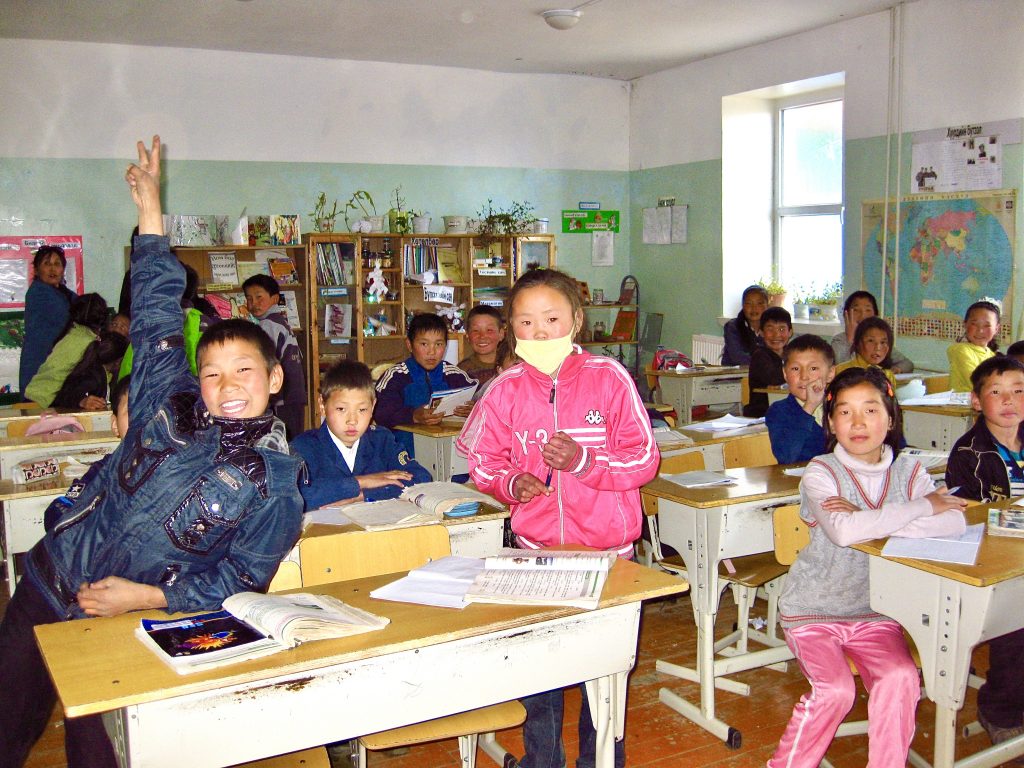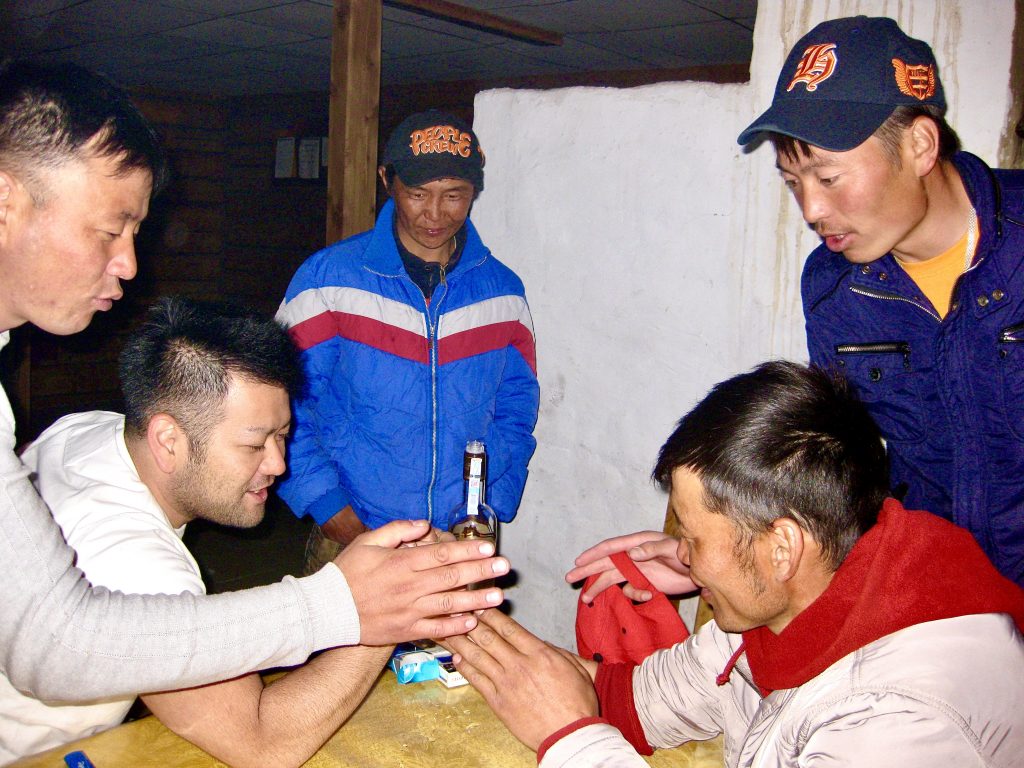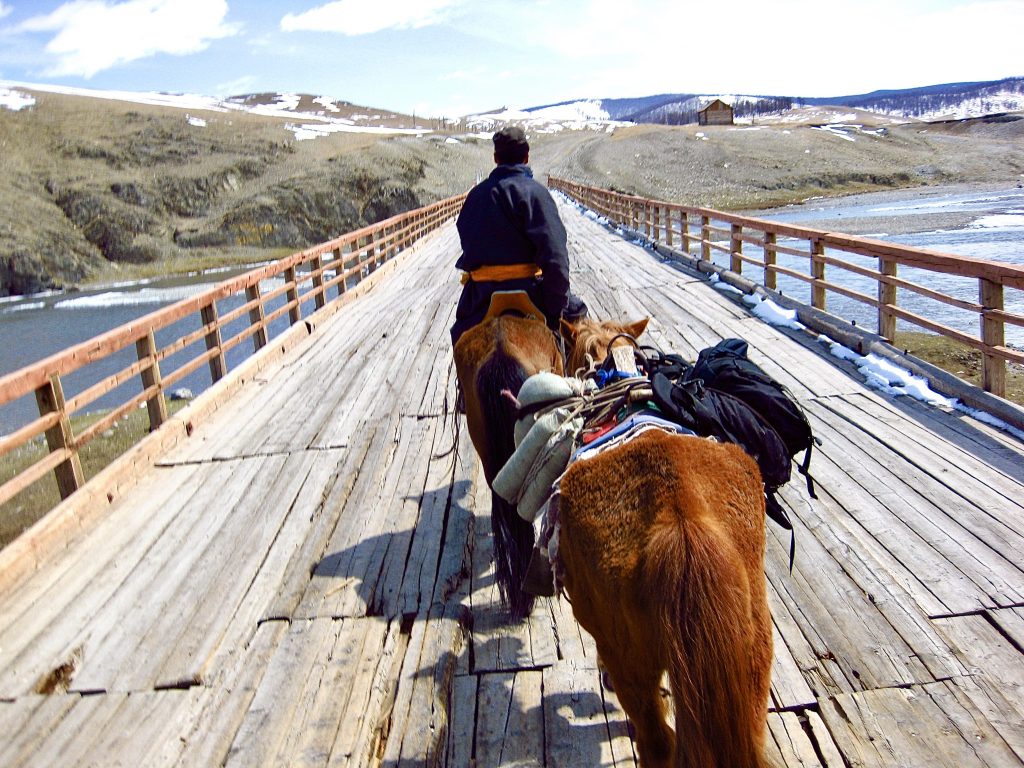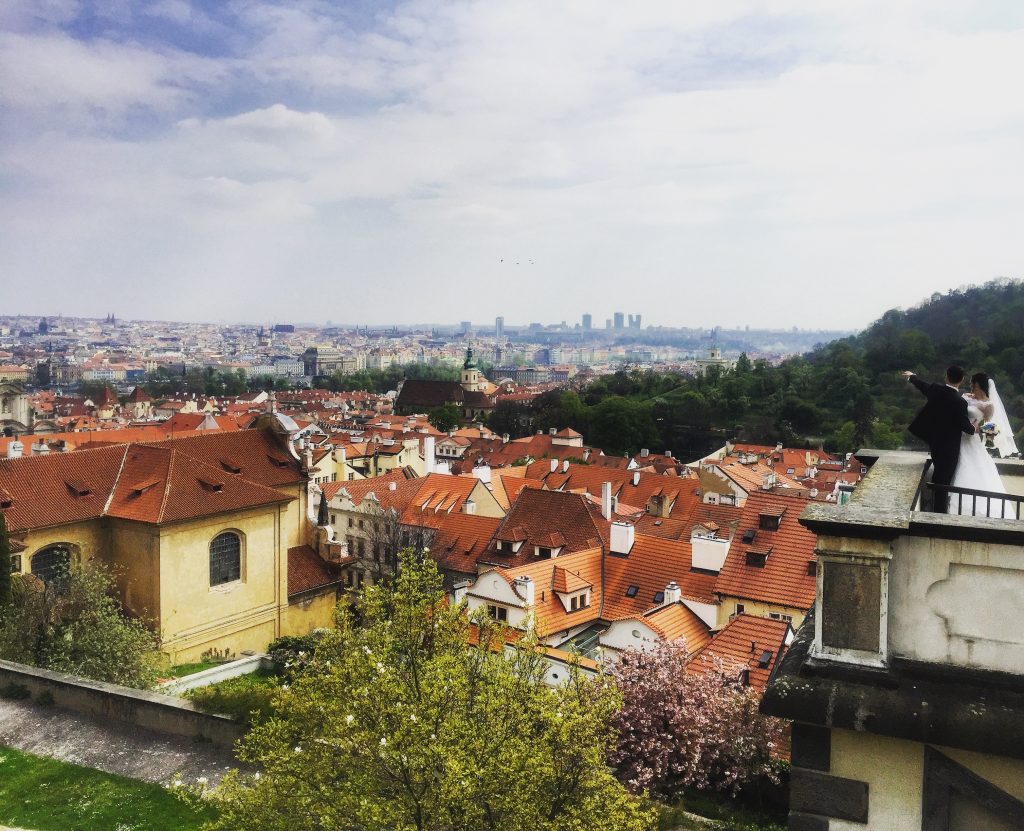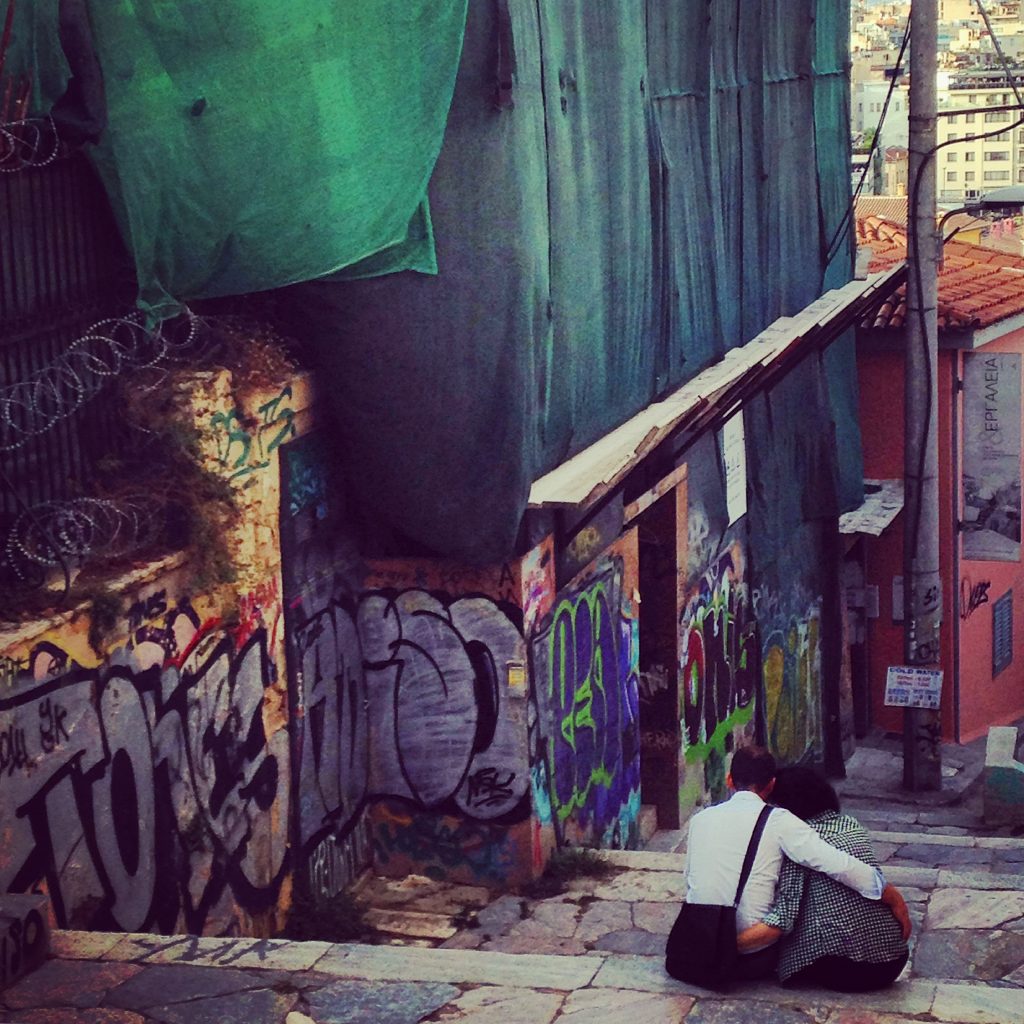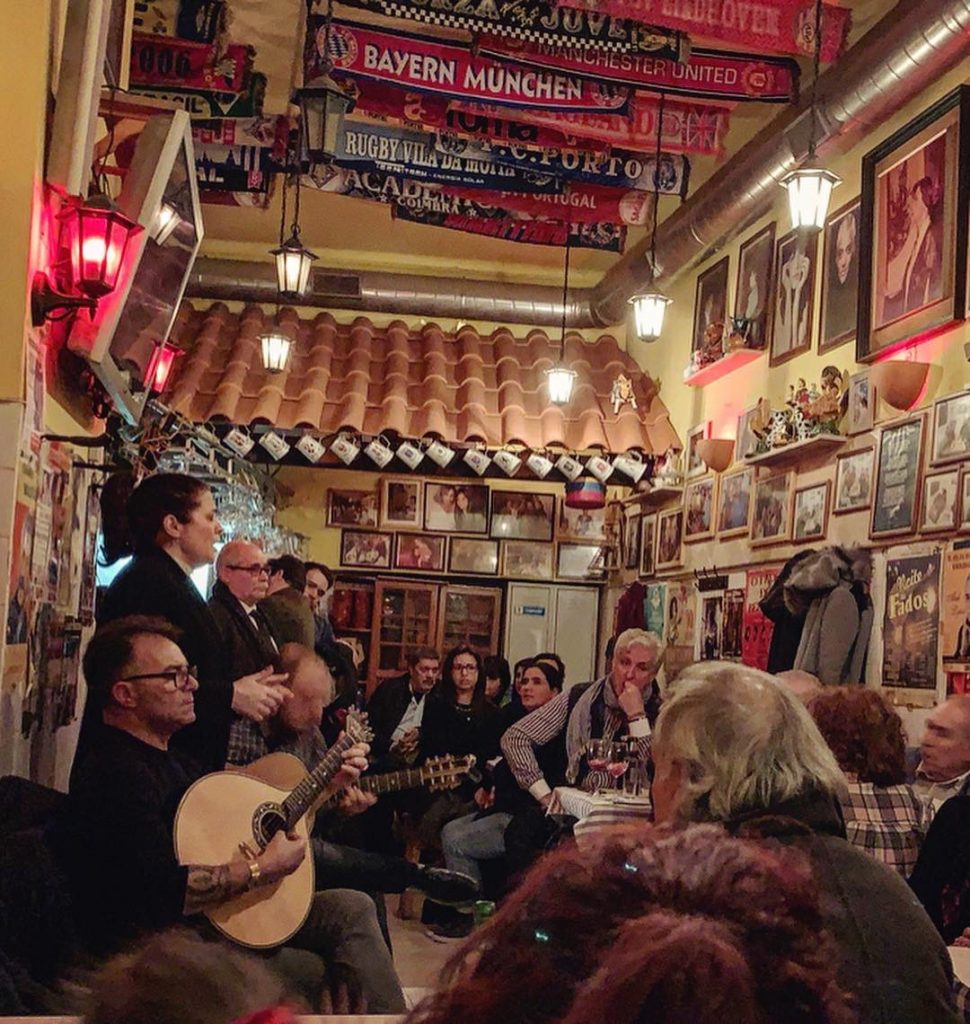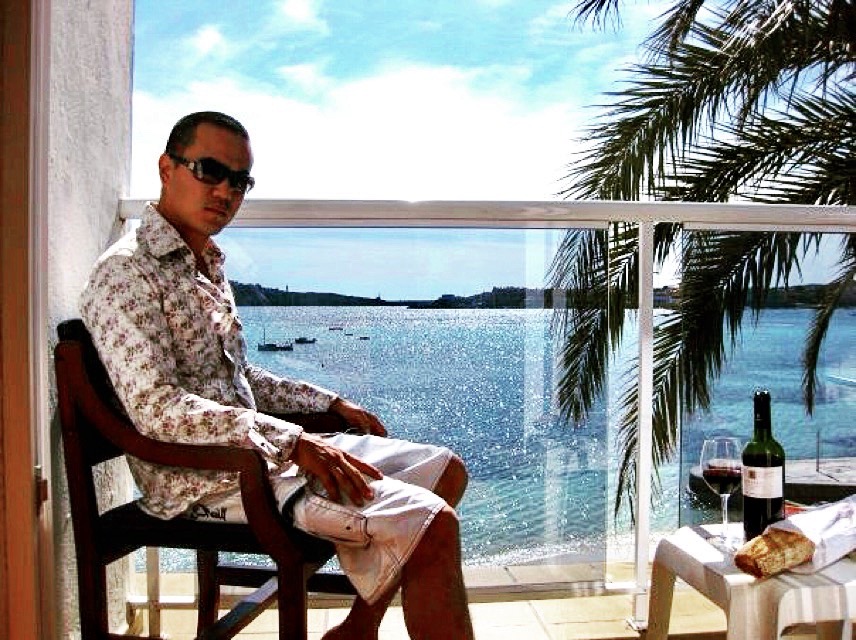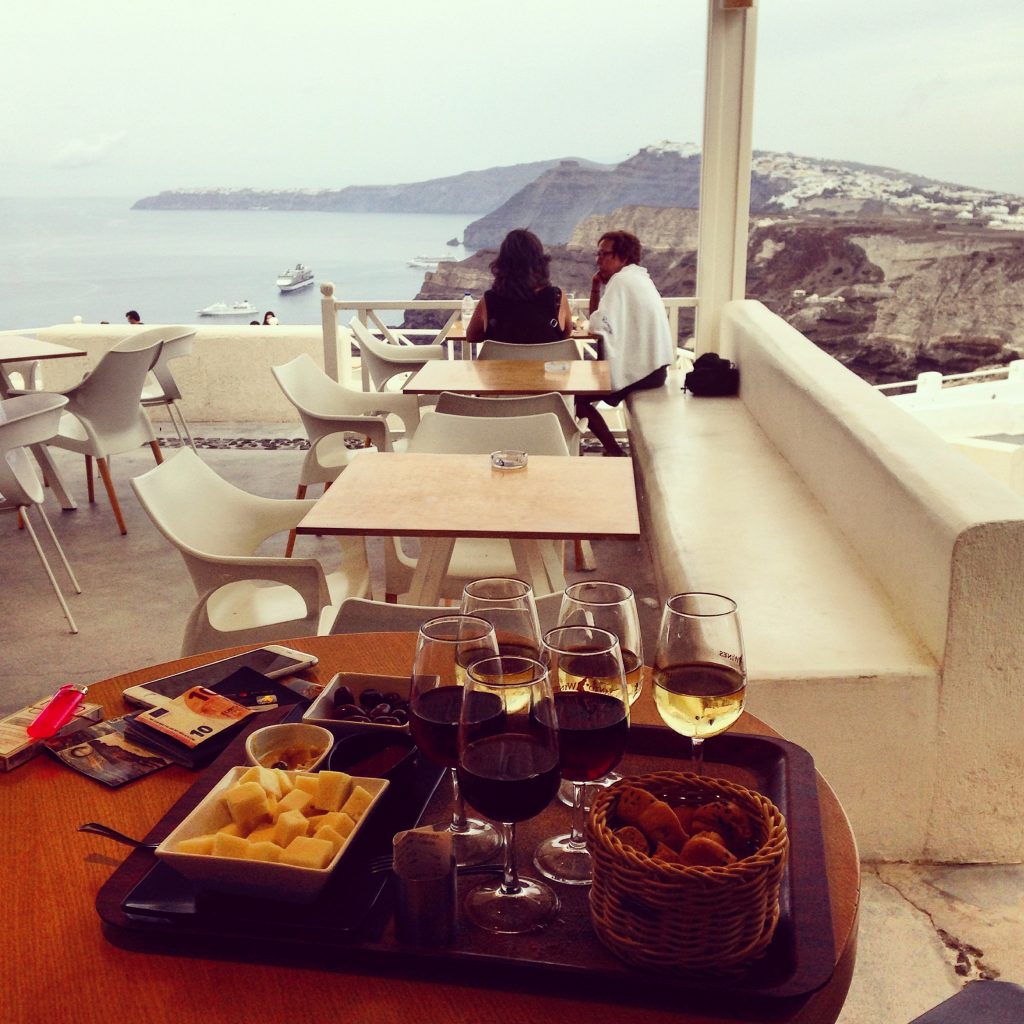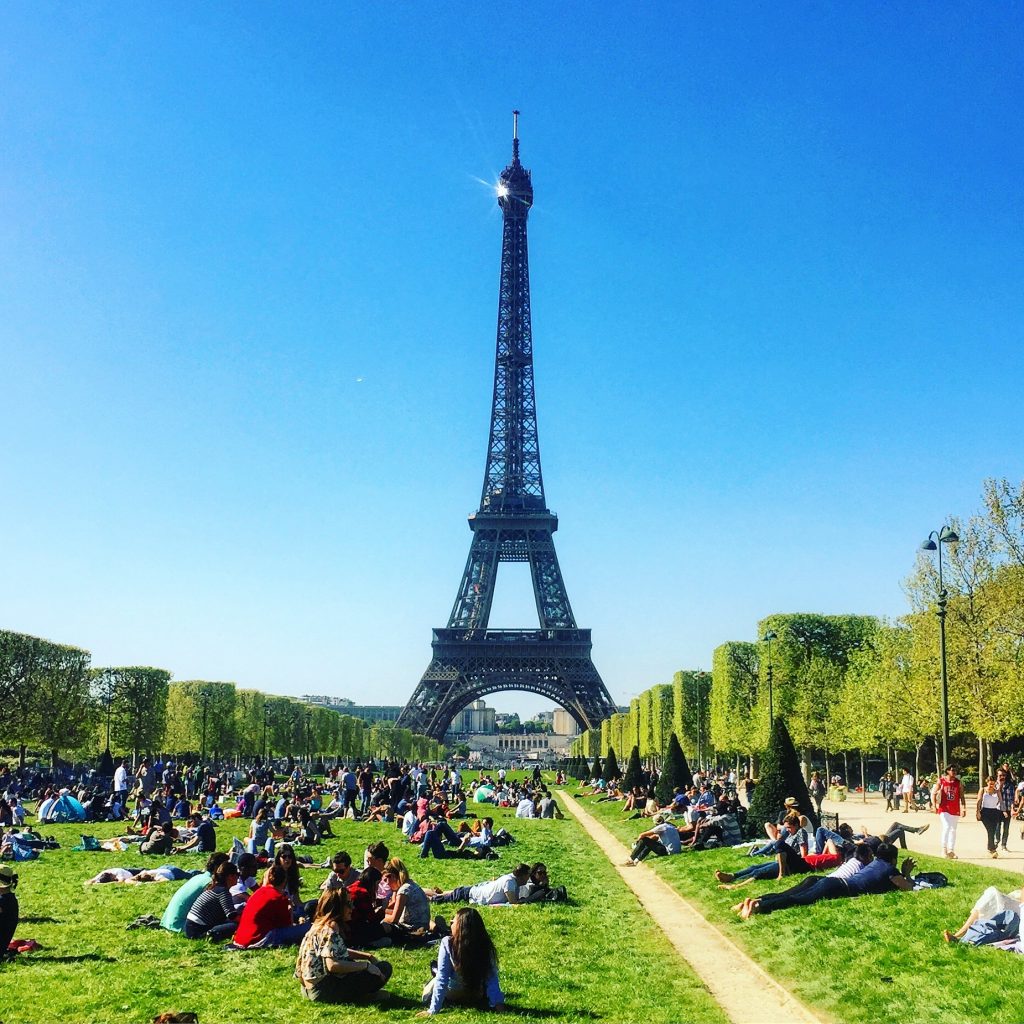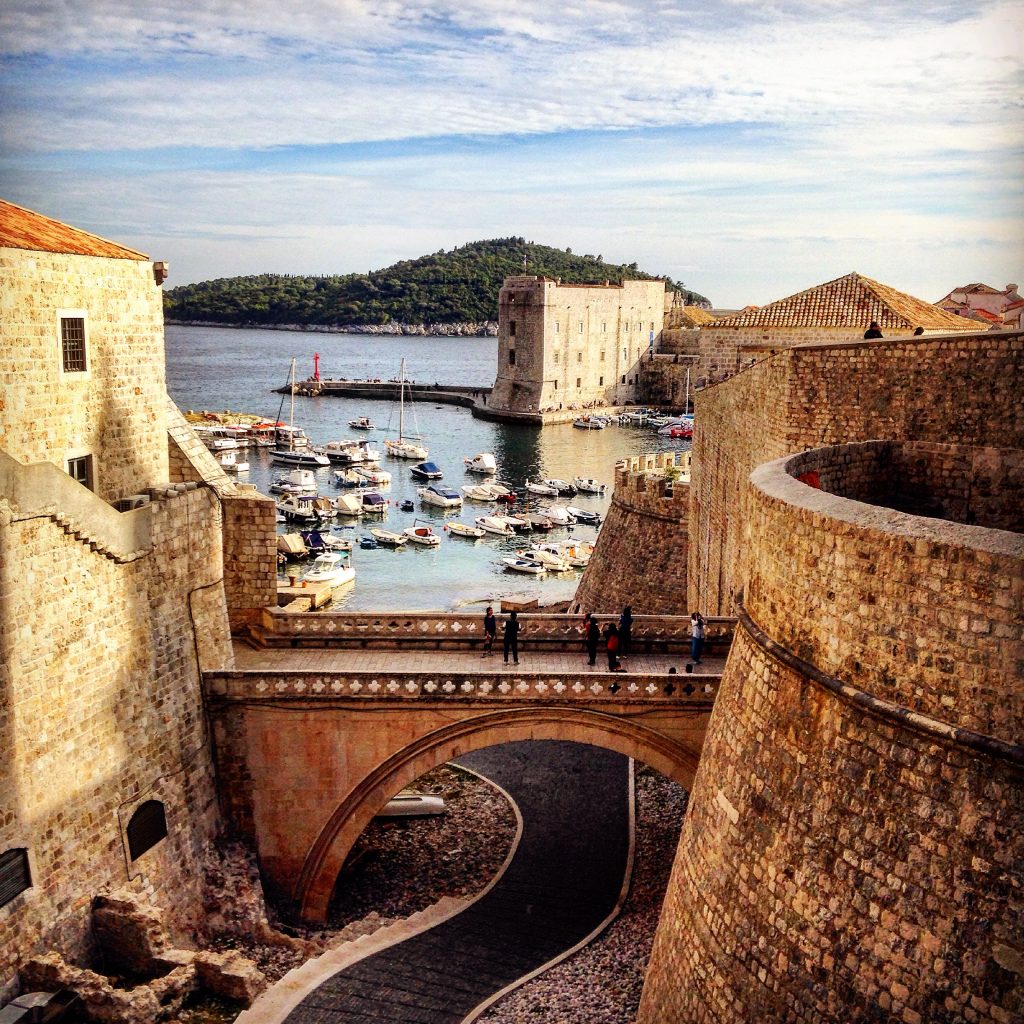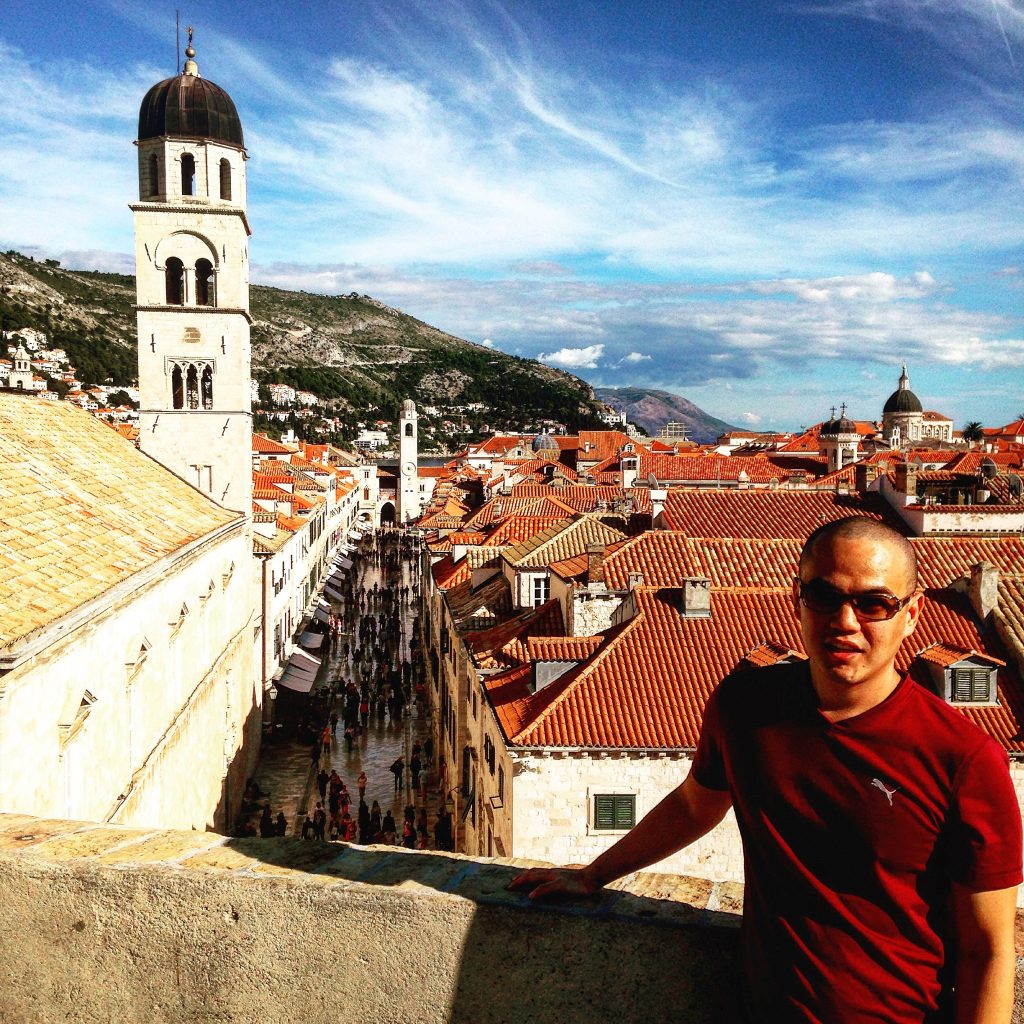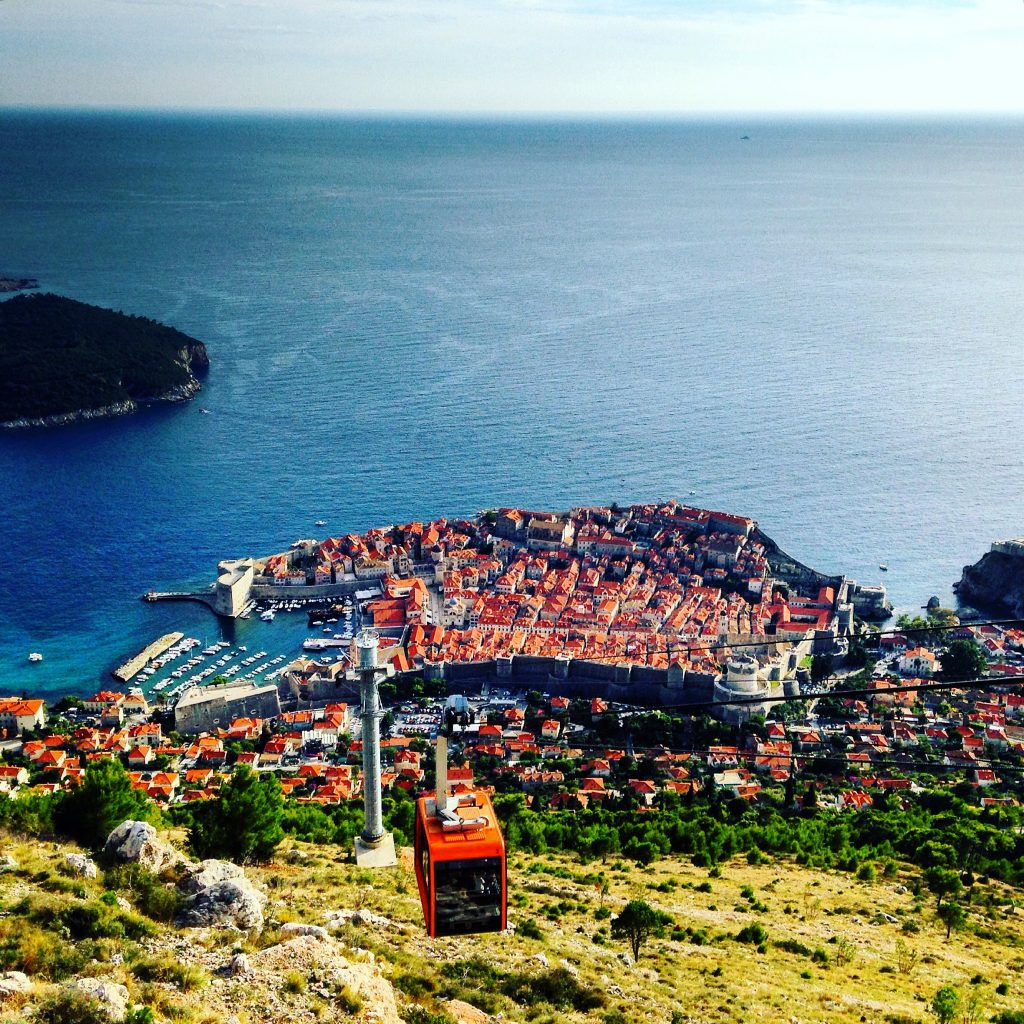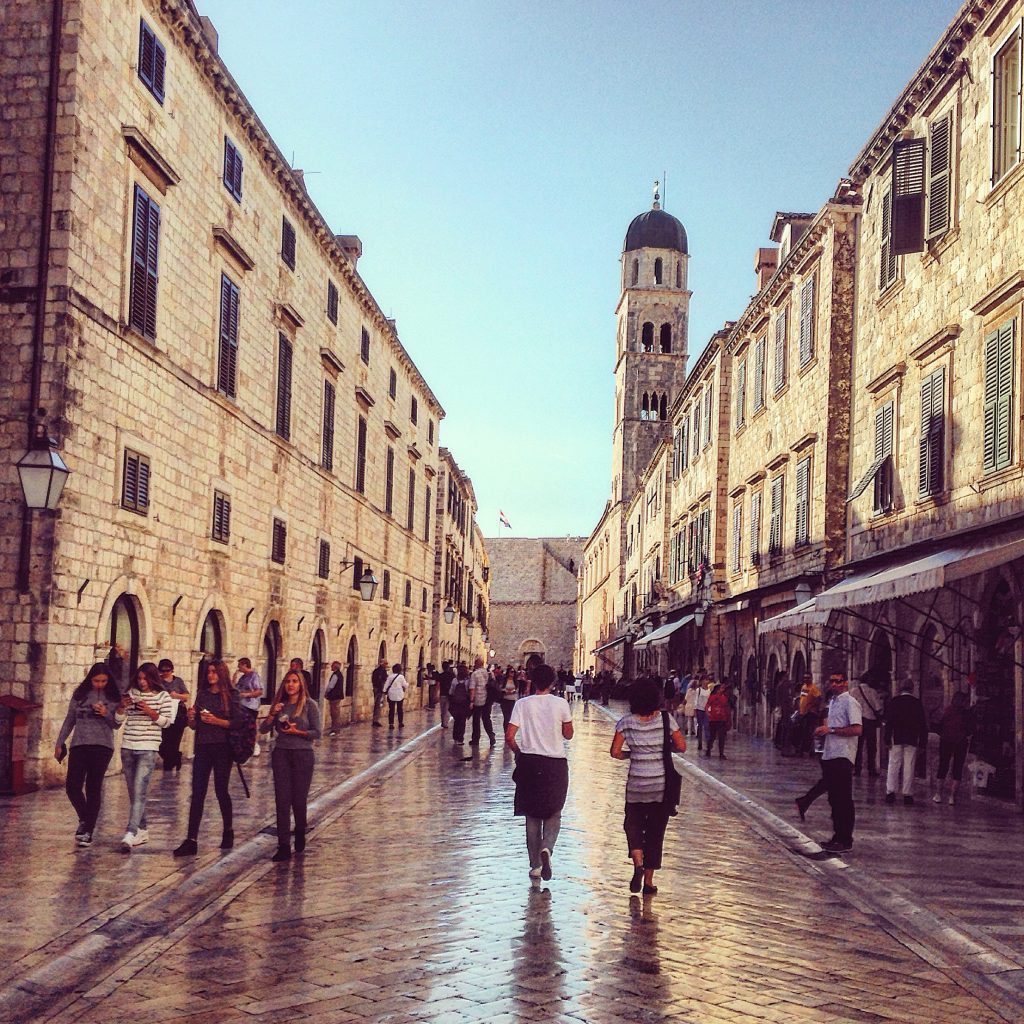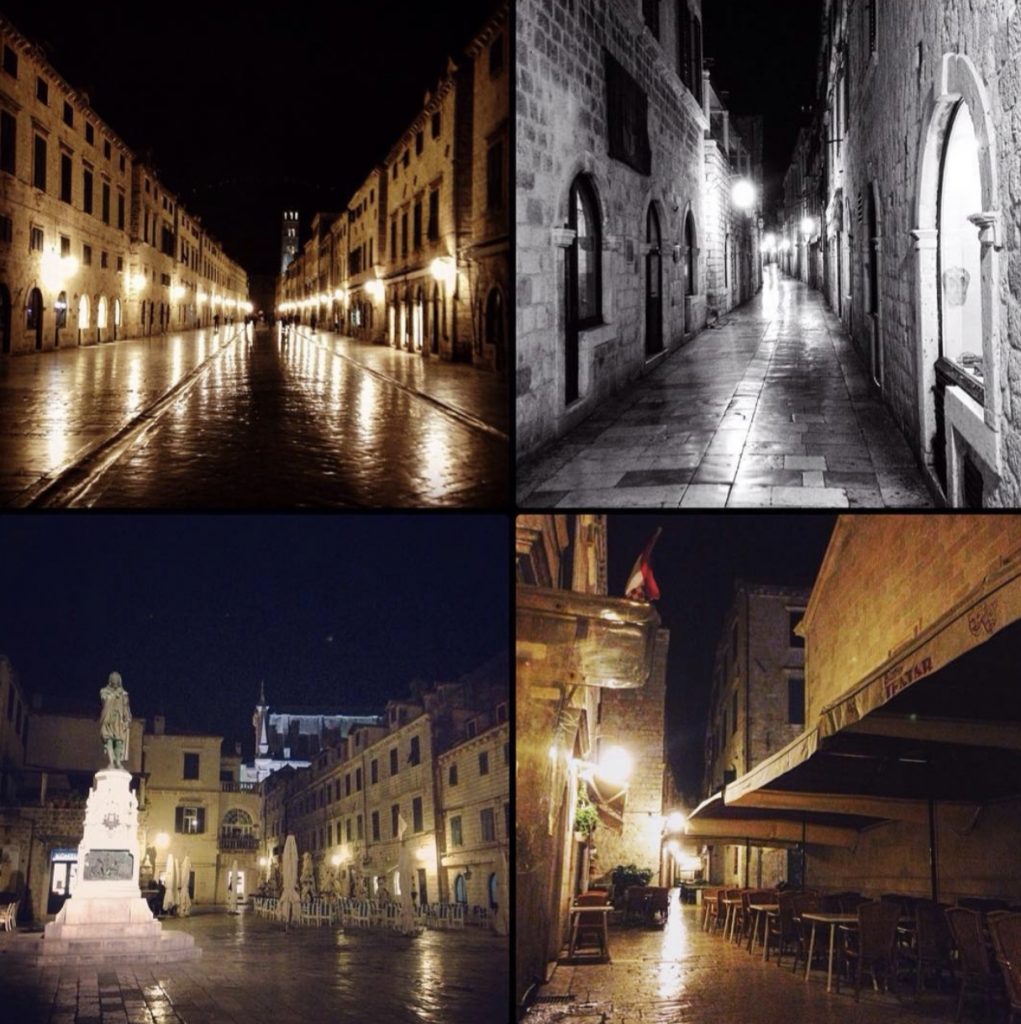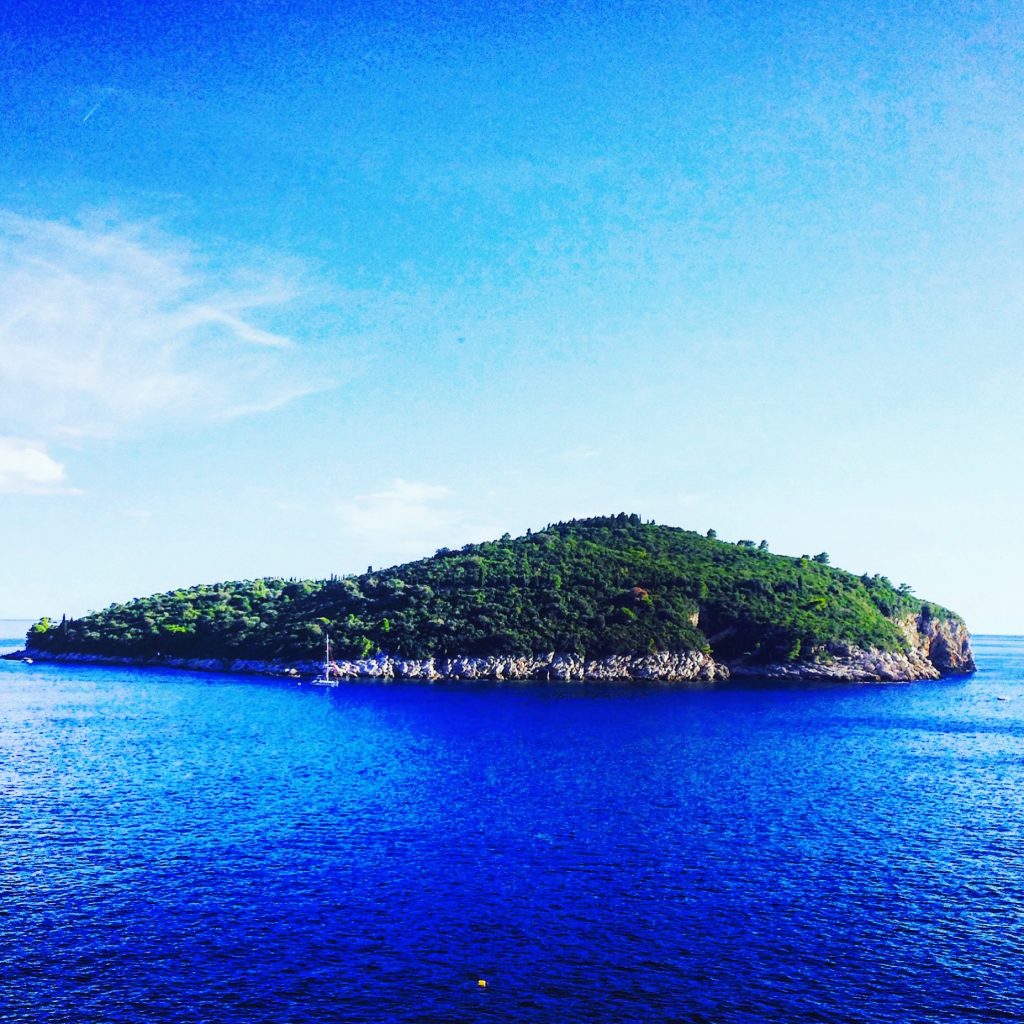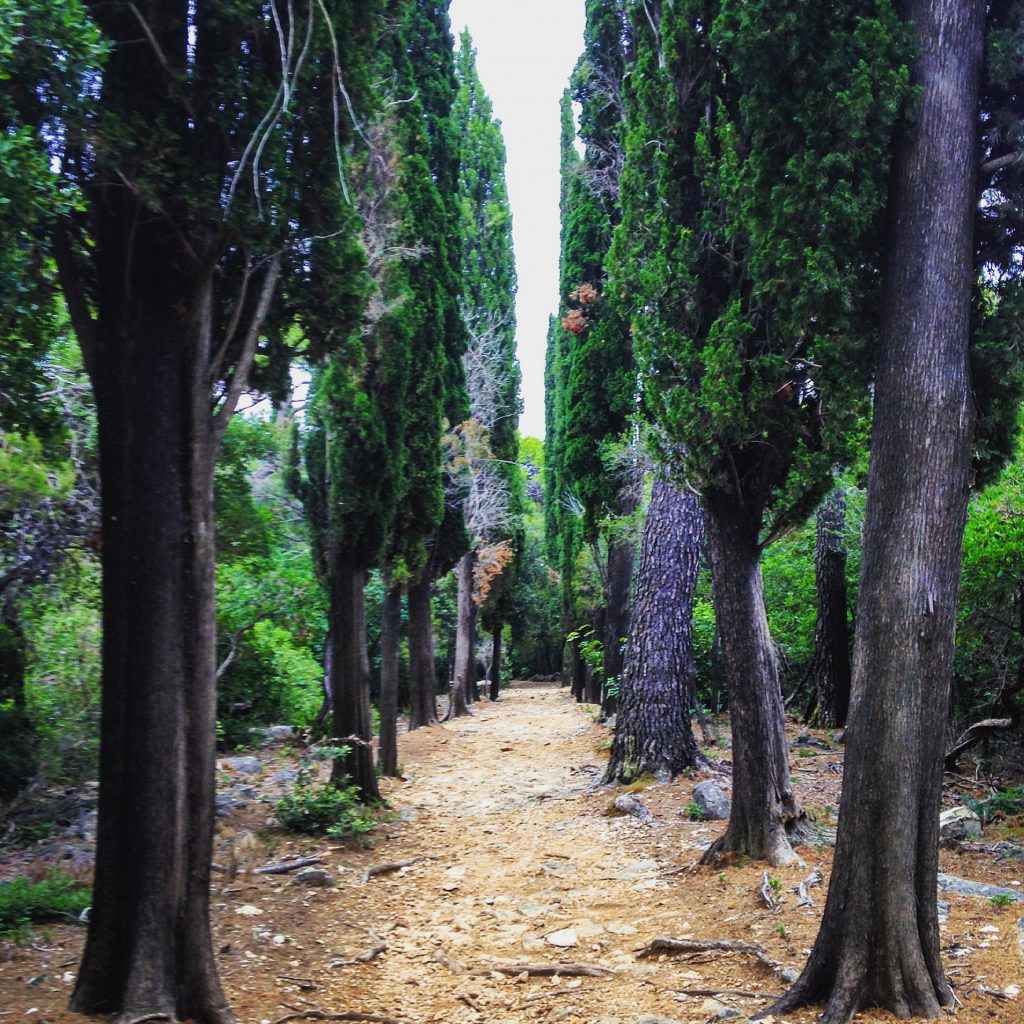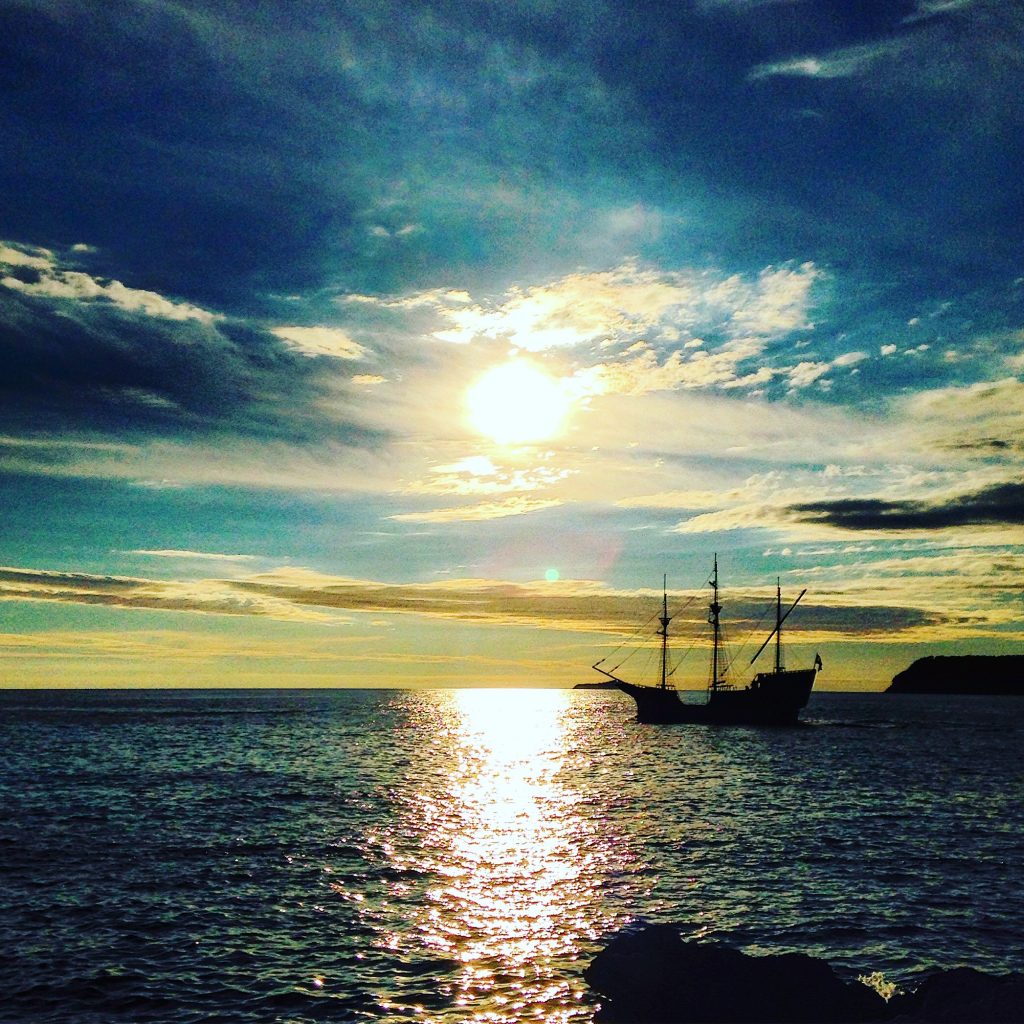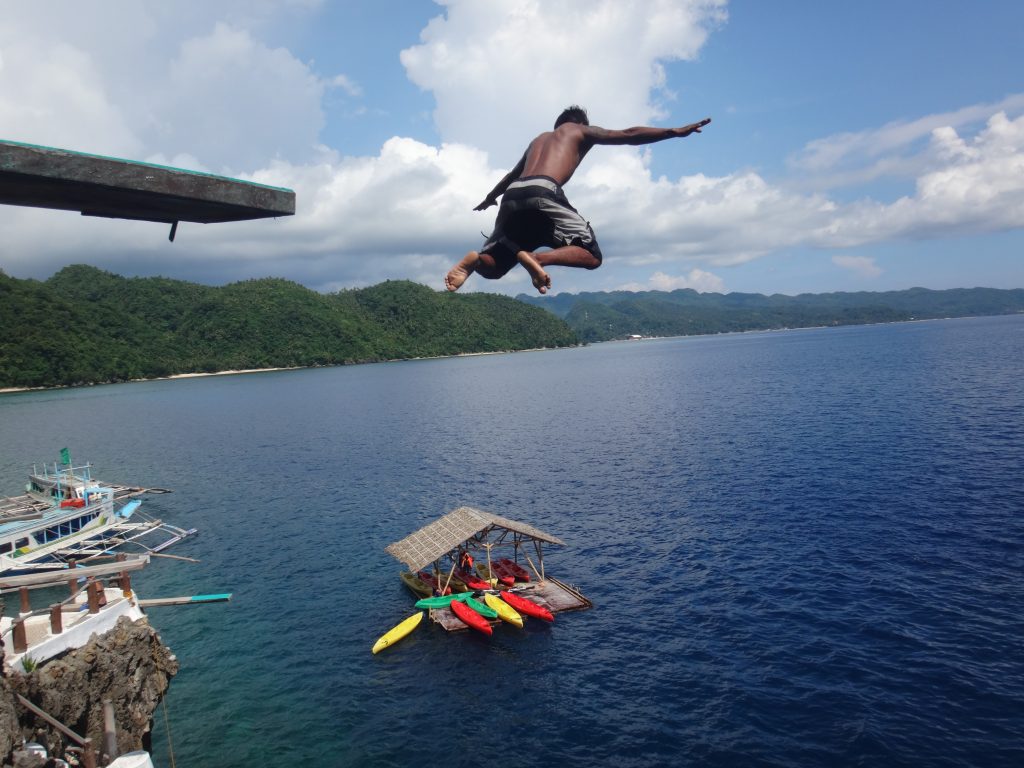
“Bomb’s away! That’s sometimes how you gotta approach your next step. It’s the leaps in life that define our journeys.”
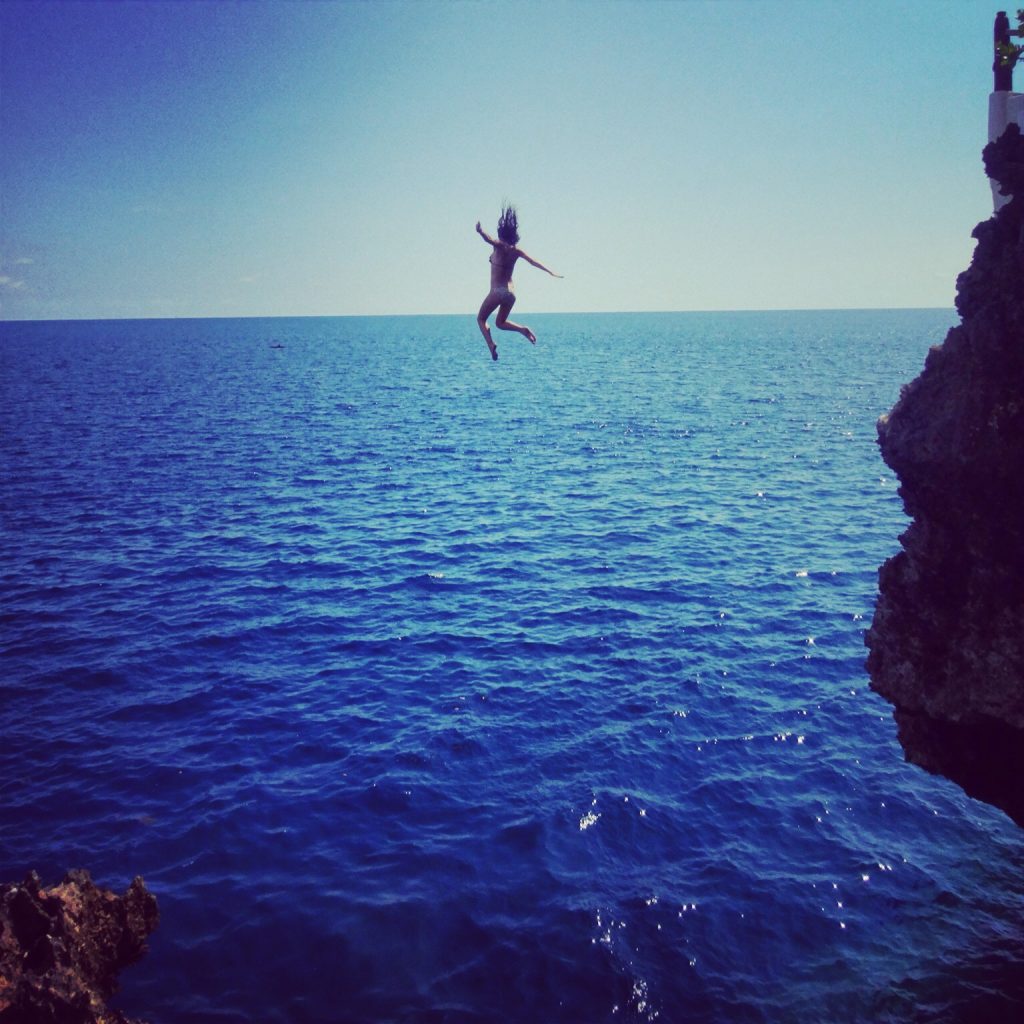
I flew into Boracay from Beijing, frustrated by an overnight delay and my flight fucked by Air China. I didn’t even know why I was here to be honest. Guess I thought it would make for a relaxing ending to my trip to Nepal and Tibet. While monasteries were the mainstay in Kathmandu and Lhasa, Boracay was a slice of beaches, clear skies, and adventure. And nothing was more adventurous than jumping 50-feet off a wooden plank into the ocean.
To prepare myself, the all-you-can-drink cocktails at Ariel’s Point provided me with that liquid courage.

And I took several shots each time I jumped. To envision what it’s like, get out the 5th floor of any elevator, look out the window, and imagine jumping. You feel the free fall for a few seconds.
My first jump felt like I got my nose finger-banged, as a surge of saltwater whooshed into my nostrils. I forgot to close them. I did three jumps in total from 50 feet, but memories of the first one are most vivid. I was pretty intoxicated by the 2nd and 3rd.
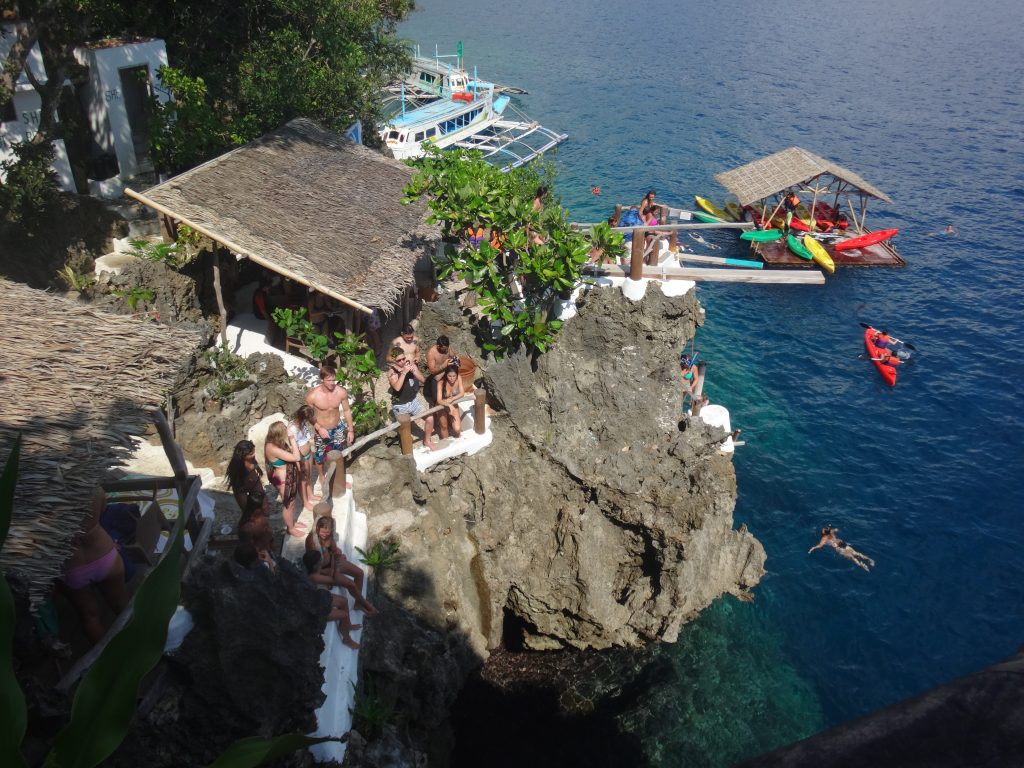
Ariel’s Point is fun no doubt, but it is tourist kitsch to the extreme, as you are surrounded by 50 Aussies and Europeans in their 20s looking for a good time. It’s a slice of Instagram heaven.

And I came prepared for the nights out.
My stay in Boracay was jarring compared to having just spent nine nights in Tibet, where the only tourists you meet are those interested in local culture and history steeped in thousands of years of tradition. Boracay is nothing like that, it’s more known for its white sands and being ranked #1 as the best island in the world by popular publications like Travel + Leisure and Conde Nast Traveler.

There’s lots of activities out here, I’ll give it that. It’s a haven for those into adventurous beach sports. I wanted to try skyboosting but the equipment was unfortunately out of order. So I did other activities like those below.
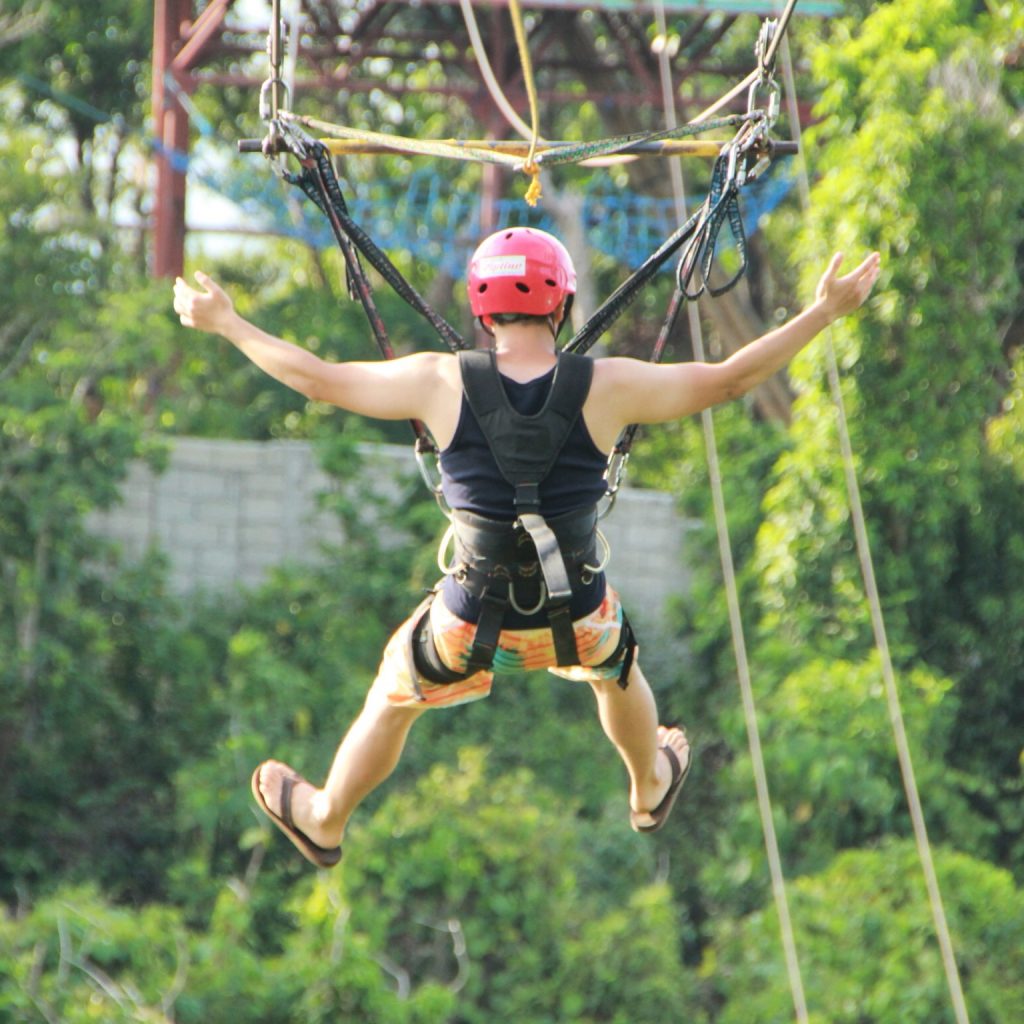
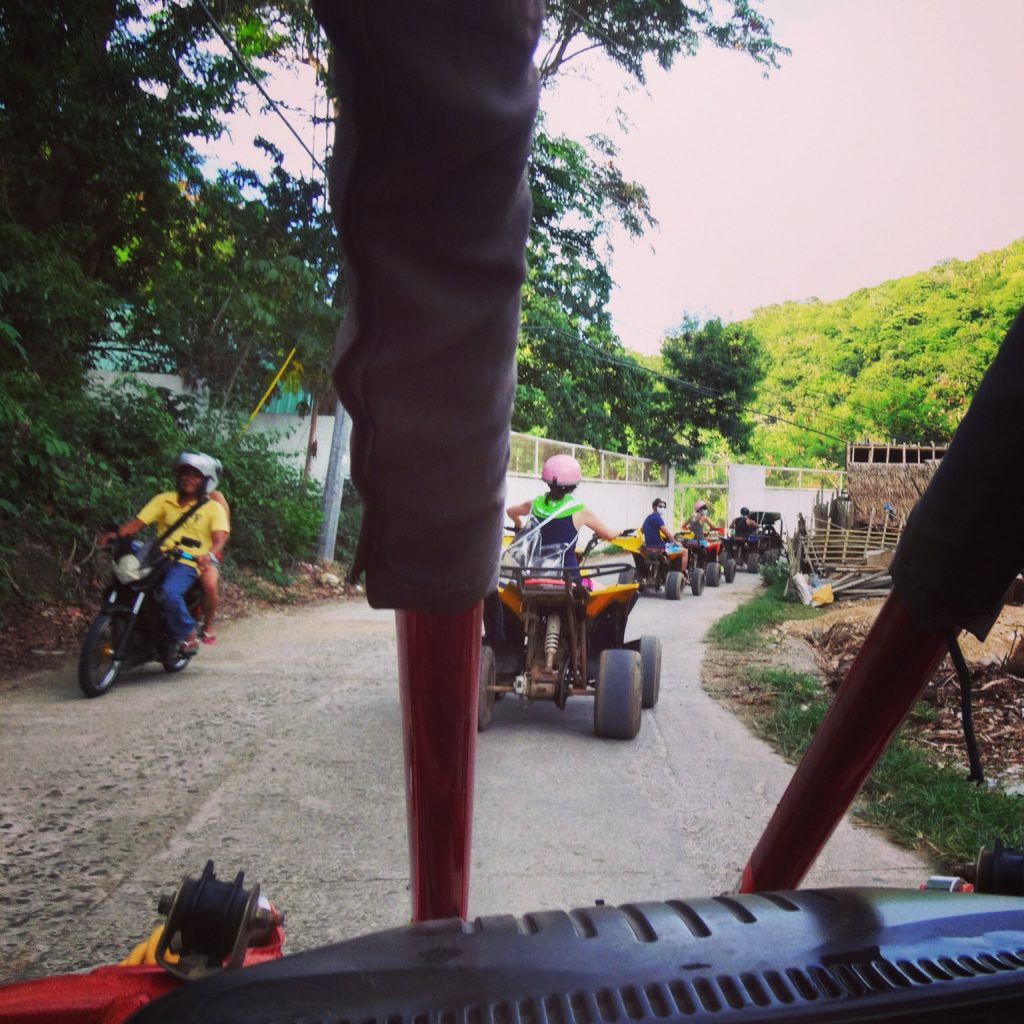

Unsatisfied with my accommodations from my first night, I found a place on the beach with sunset view in station 1. I negotiated 60% off the rate and I enjoyed my time hanging with the local Filipinos. A really friendly people.

When I came home from my beach activities in the afternoon, I liked chilling in my patio with my neighbor.
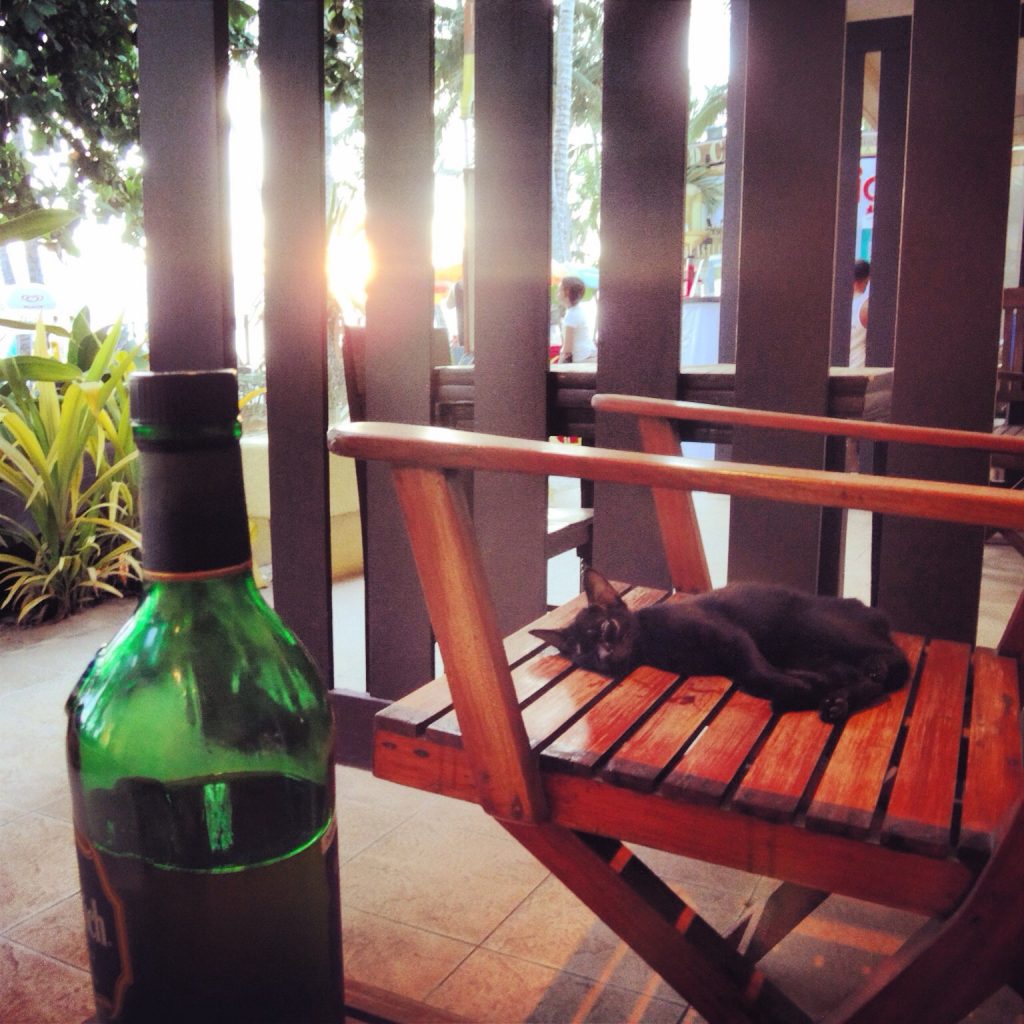
So would I ever come to Boracay again? I’m not too sure.
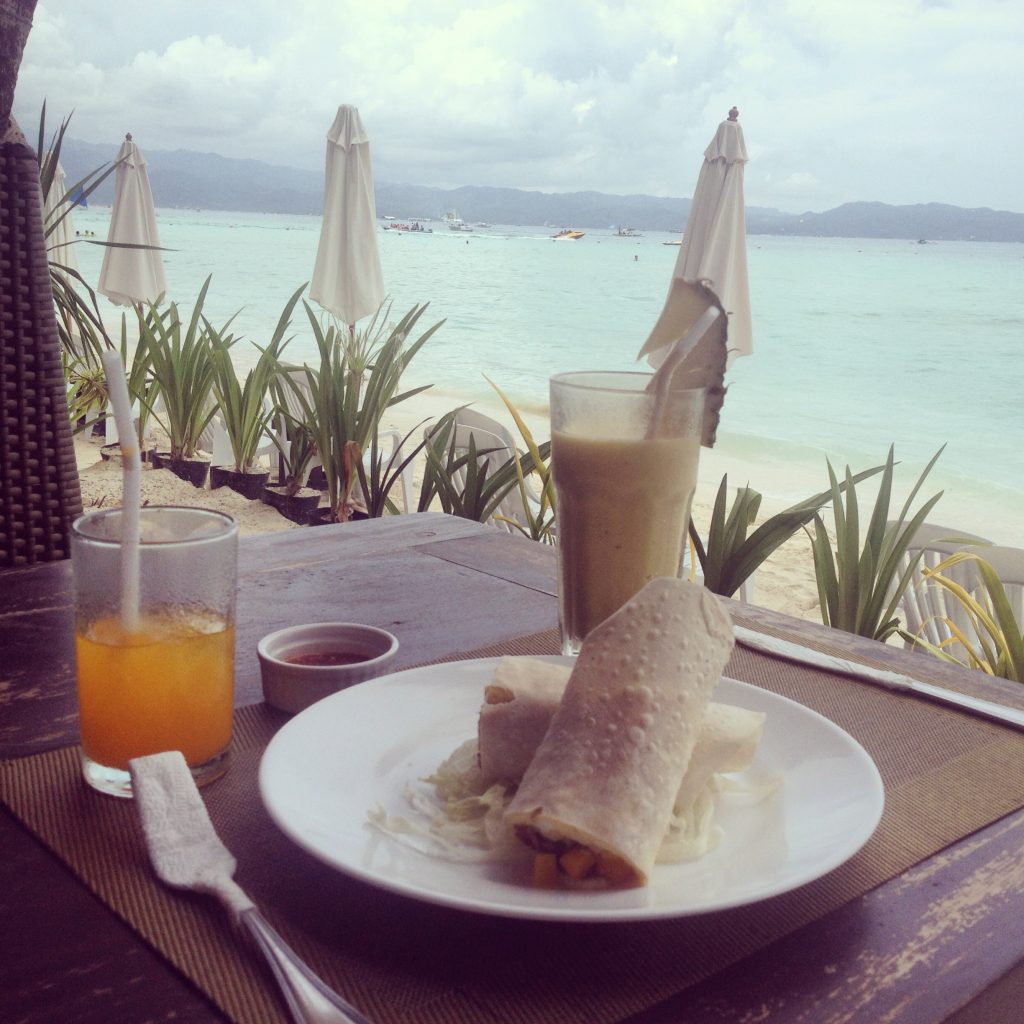
The food was delicious and the locals are amazing, but something about the vibe just felt too commonplace. It nowhere near left the same imprint as a location like Tibet. And, to be fair, I guess few could in the world.
If you want a break from your work routine and just want to chill out, it’s a nice place to go with a group of friends or a date. The peak season for good weather is long, from September-June. Boracay is broken down into 3 main stations for tourists. The first station has the best beaches while the second is better known for its eateries and nightlife. The third is for budgeters, offering cheaper accommodations.
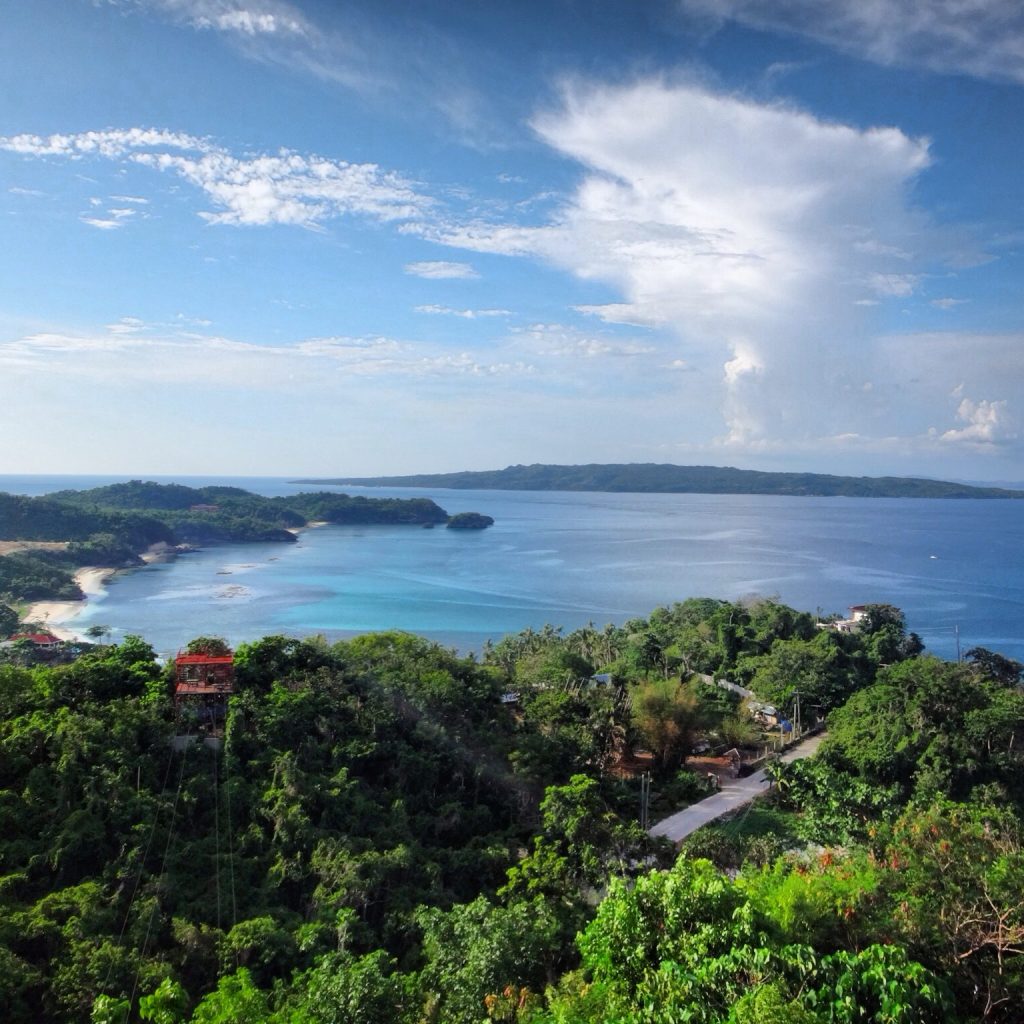
Boracay overall is a relatively small island so there’s not much to do if you plan on staying for longer than a few days. The best moments I remember enjoying are its sunsets, as you realize you just might never witness them ever again from these shores.
